
26 minute read
Party Time
Sure, you can call them coasters, but it’s more fun to call them mug rugs.
JEN’S cont’d from page 12
When she’s not in the field, she’s in her workshop sewing, something she enjoyed doing as a child and with her local 4-H club. She learned how to crochet from her grandmother when she was 10, and still has her toy sewing machine that her parents gave her when she was little — still with the 1973 copyright sticker attached to it. Today, she’s turned a hobby into a way to earn money, and turned fabric scraps and clothesline into baskets, coasters (or as she likes to call them, mug rugs — “it’s just more fun to say,” she said) and other crafts. She wraps the fabric around the clothesline and then builds baskets and coasters, weaving the line into a spiraling, multi-colored creation. She sells them at local craft shows, or from her shop, which is open by appointment. She’s also been a regular vendor at Oregon’s Autumn on Parade for 10 years, and sells a small selection of baskets and coasters at Higher Grounds coffee shop in Freeport. Other items on her menu of merchandise include place mats and soup bowl cozies, too, which sells, along with her vegetables, at farmers markets and at craft shows year-round. Though most of her customers are local, one of her baskets ended up in the United Kingdom, she said.
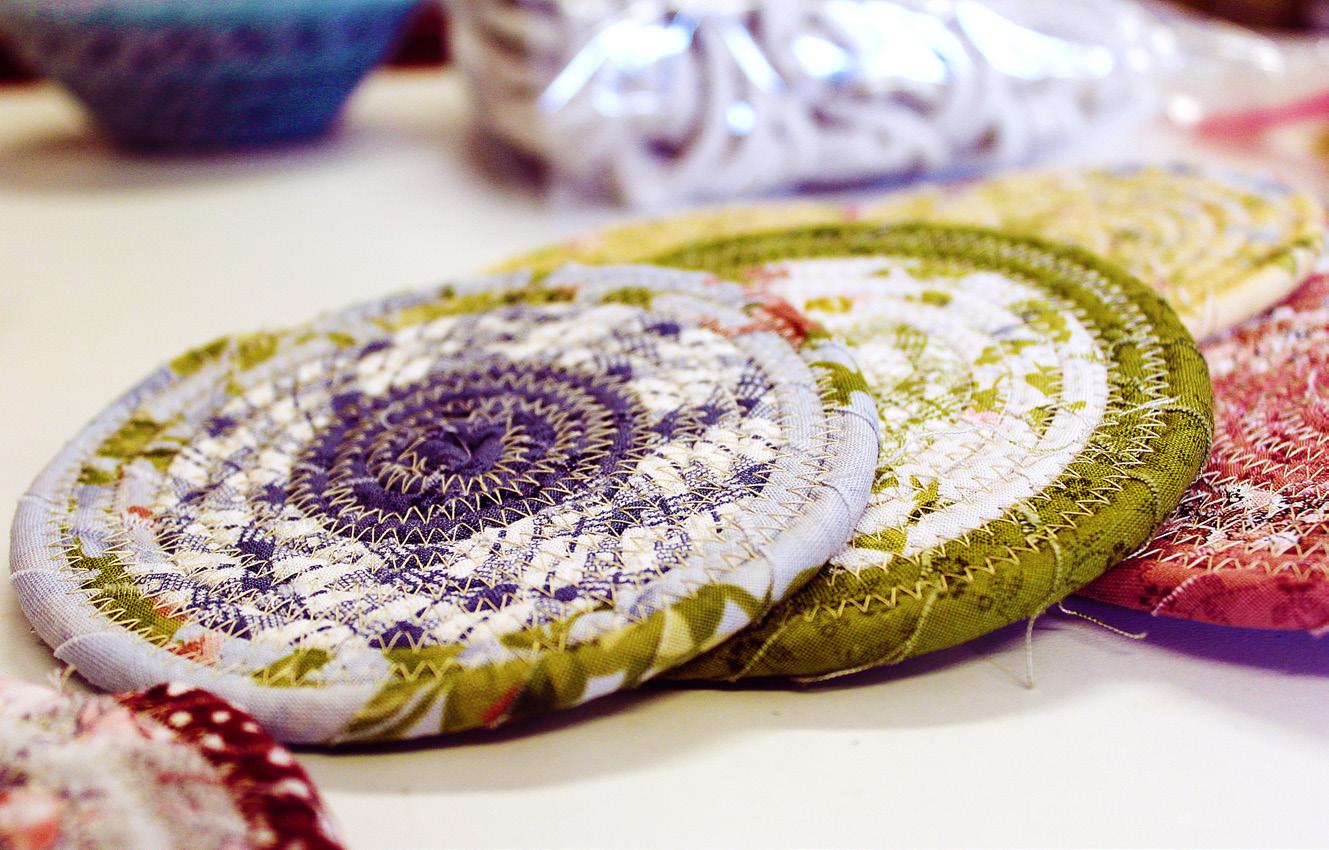

JEN’S cont’d to page 14

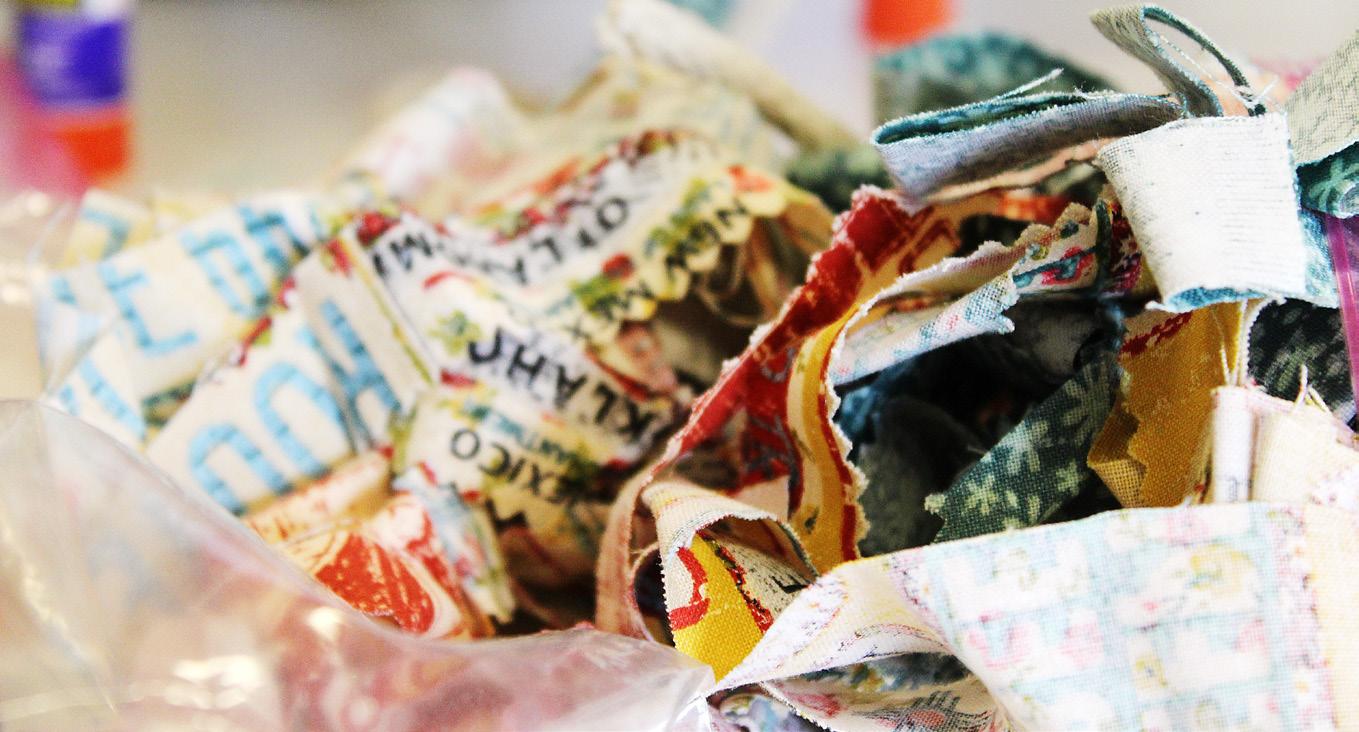




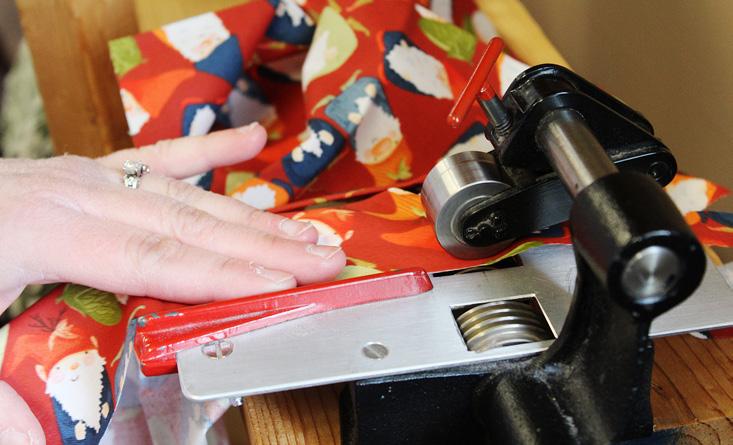
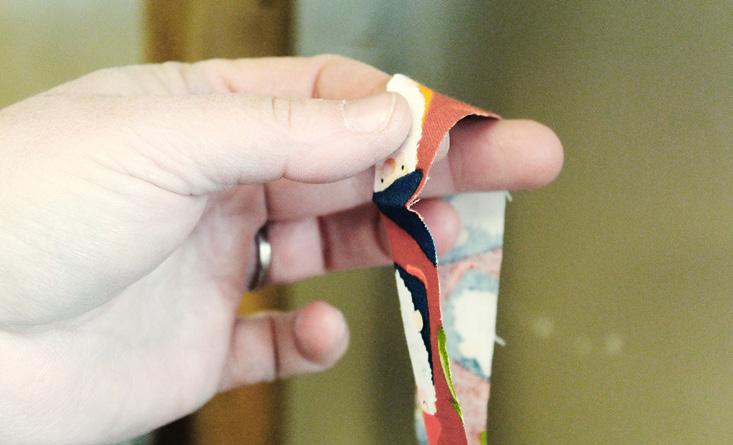
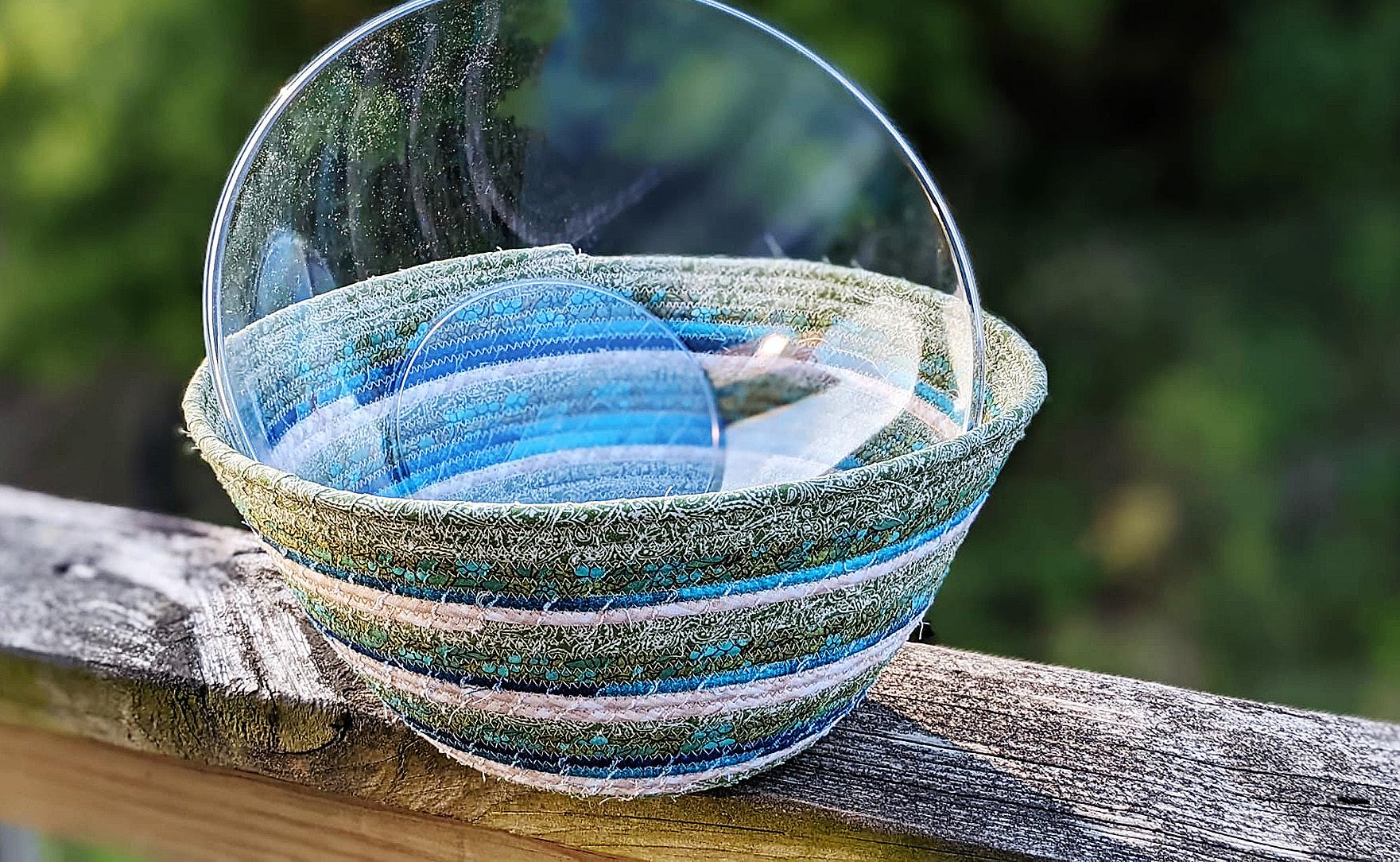
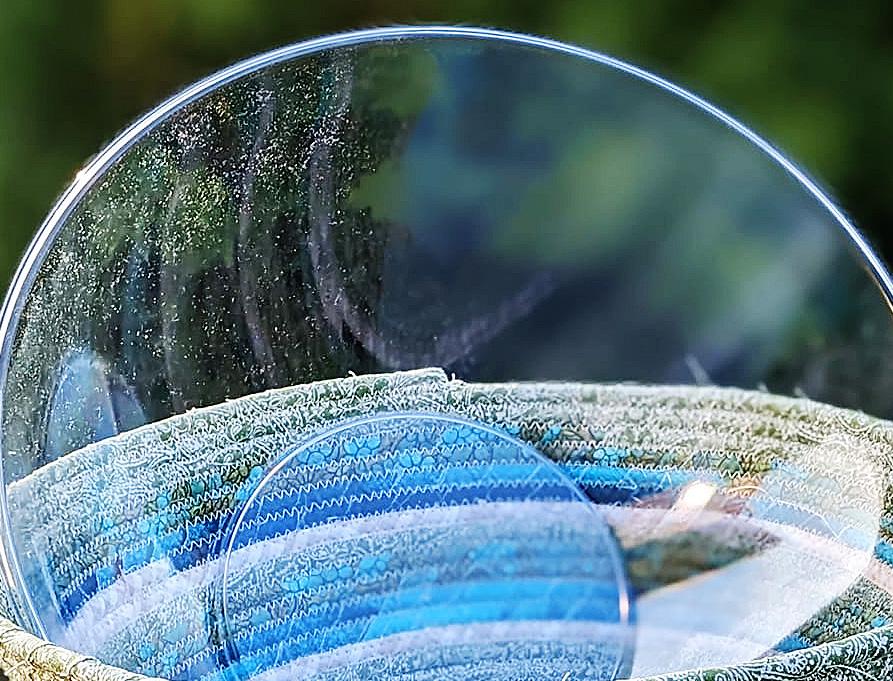
Crafting with care


... When she first started her business, she hadn’t planned on making teddy bears, but after doing a favor for a friend, she found there was a bear market out there. While most of the pieces she does are memory bears — custom keepsakes created to honor a loved one’s memory — her handiwork has also lent a hand to families. The Malachi Bear (below) was made to help raise awareness, and funds, for the family of boy from Dixon, Malachi, who has epilepsy and Autism. The bear’s puzzle piece design comes from a symbol used by some to raise awareness of Autism. Proceeds from the sale of each Malachi Bear go toward helping his family with medical and development costs.
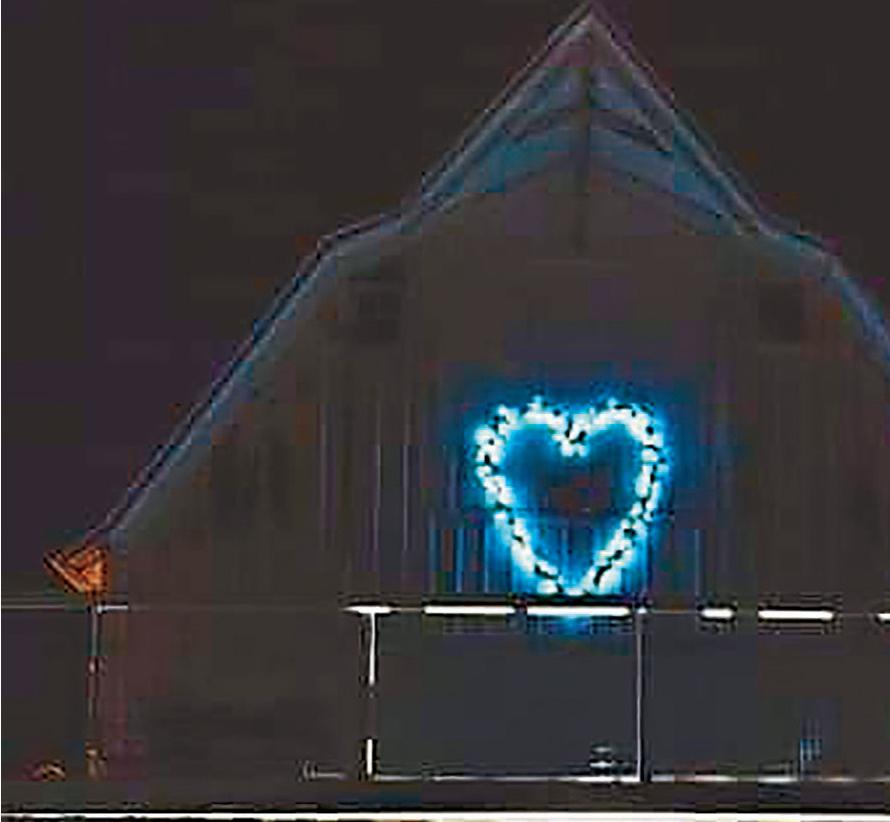

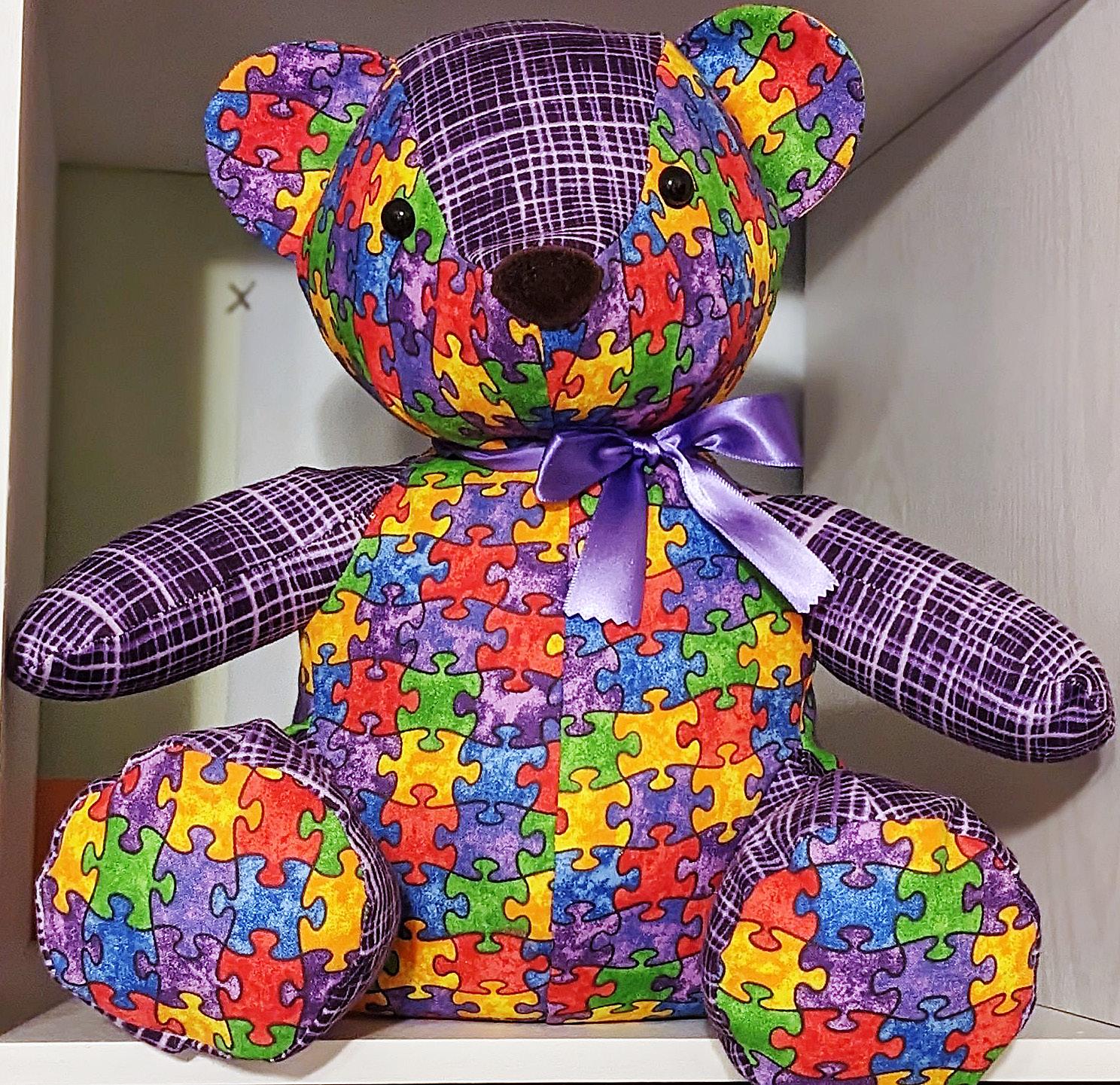
JEN’S cont’d from page 12
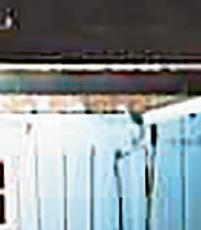

With items made from material found from various sources, or given to her by someone else, Immel’s creations aren’t the kind that are churned out like something off an assembly line. For her, it’s one and done, with no two pieces alike.
“They are seriously one of a kind,” Immel said. “If I’m at a show and someone comes up and starts admiring something, and they go, ‘I’m going to walk around for a bit and I’ll come back,’ I’ll tell them that if someone else comes while you’re walking around and they take it, it’s gone. I can’t recreate it. Nothing necessarily will have the same shape. If it’s scrap fabric or fabric that people have donated to me, I can’t replicate it.”

JEN’S cont’d to page 16

More recently, Immel’s talents with needle and thread have found a home with people who want to find a special way to honor the memory of a loved one. She made her first memory bear about a year ago, and has been getting more orders ever since. The stuffed bears are made from pieces of clothing or other item that hold special meaning — say, a loved one’s shirt or favorite blanket — giving families a custom keepsake that, like the person whose life they celebrate, is truly one-of-a-kind.

Making memories hadn’t originally been part of her plan when she started selling crafts, but when a family she knew came to her with a special request, she rose to the special occasion to fulfill the favor. Making that first one felt like walking on eggshells, but the results paid off.
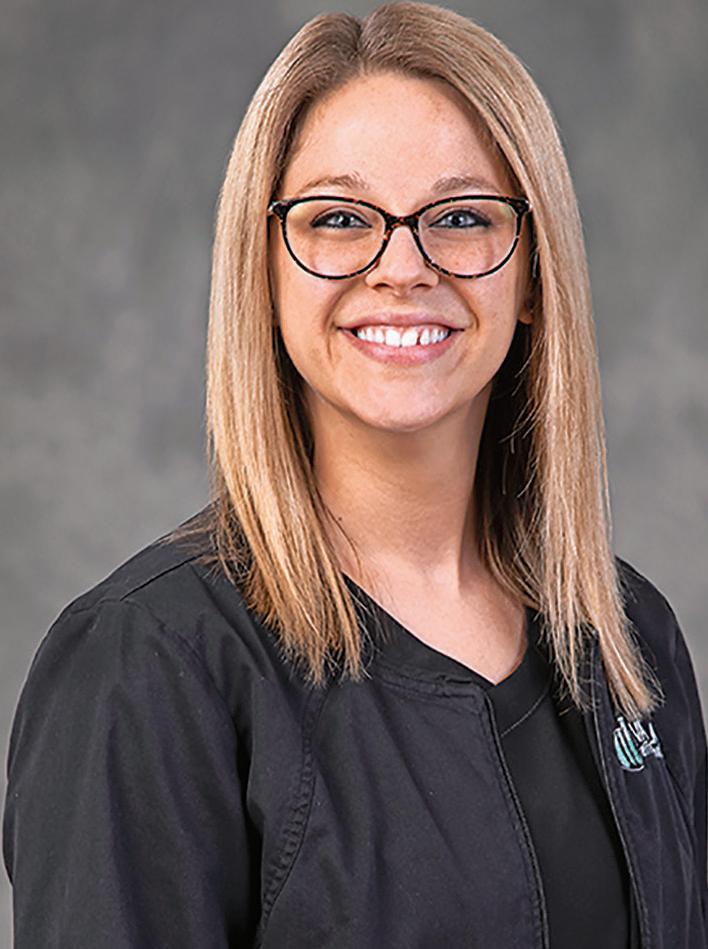
“I started making memory bears this past year, and it really has grown,” Immel said. “I had been teaching for several years, and I had a student that we’ve been praying for her family, and her grandmother passed away. The mom asked me, ‘Could you make some bears for me?’ I told her that I didn’t really have a pattern for that, but she was like, ‘We trust you, and we would really like you do with her shirts.’ I found a pattern that I could easily work on and enjoy making, and then I started making memory bears from that point.”
Her work on the memory bears has become special to Immel, allow ing her to meet new people and get to know them while hearing the stories they share about their loved one. It’s an honor to be a part of their healing process, and she takes great care to see to it that the bears turn out just right.
Jen’s Sunshine Farm, 1774 S. Columbian Road in rural Oregon, is open by appointment. Find it on Facebook; and both Instagram and Pinterest (@jenssunshinefarm), go to jensfarm.com or call 815-732-4030 to schedule a visit or for more information.


JEN’S
“The stories they share when they bring in their fabric from them, it’s just special,” Immel said. “It does feel a little overwhelming at times, but it’s exciting because people are coming to me. It’s constant work, and I’m thankful for people coming to me. I feel very blessed.”
The bears have become a bigger part of her business — she made 32 of them between October and December last year — and she now takes orders on a first-come, first-serve basis. Her goal is to get her turnaround time for each bear down to 2 weeks, although most customers are understanding enough to let her work at her own pace, she said.
She’s also brought her talent to bear to help out a good cause. Recently, Immel met a young boy from Dixon, Malachi, who has epilepsy and Autism. Getting to know Malachi gave her an idea for a special kind of bear to make. Using purple fabric and another design with colorful puzzle pieces — a symbol for Autism — Immel designed the Malachi Bear. Proceeds from the sale of each Malachi Bear goes toward helping his family with medical and development costs.
With her craftwork growing, April rolled around with Immel’s produce seeds awaiting their place in the dirt on her farm. The cycle continues for Immel and her sunshine farm, with more people to get to know, more lives to touch, and more creations to make.
“I just love to create,” Immel said. “There’s not a moment where I’m not doing something. My husband likes to sit down and watch TV, but I constantly have to do something. This has been my relief, and when I wasn’t grading papers, I played with fabric.” n

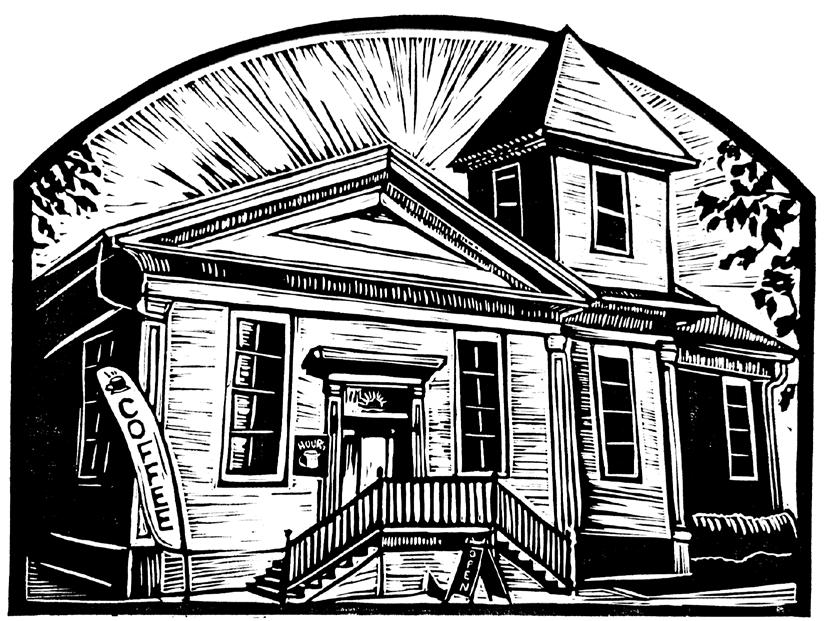
“It’s ne of Kings’ most prominent antiques has seen a revival in recent years — and it’s not the first time. This old house of worship isn’t hard to spot. Just look for the place on the city’s main drag that looks like a church. But you won’t find anyone singing hymns inside. More than likely you’ll run into someone singing the praises of the shop where you can find antiques, sweets, coffee, and pleasant memories.
Sweet Revival started life as a church during the Civil War days and since then it’s had a second life — and a third and a fourth, and the person who’s breathed new life into the building has made it her happy place, and customers’ happy place, too.
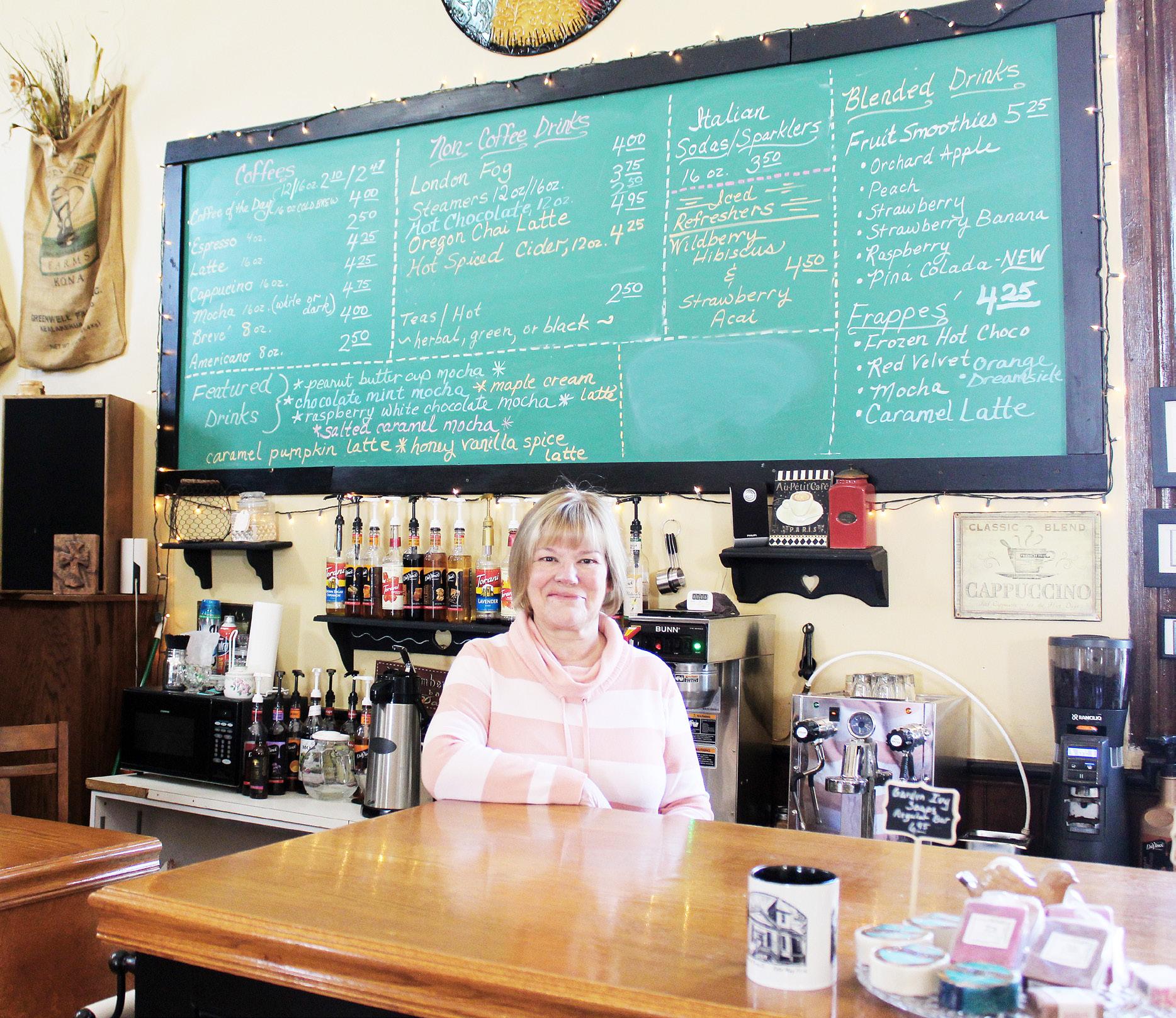
Customers at Sweet Revival will find antiques, home decor, vintage collectibles, furniture, and all sorts of goods and goodies from different eras — slices of life from long ago that sit where churchgoers once sat. Today, the congregants have been replaced by customers and instead of hearing sermons, you’ll hear folks chatting, sharing some banter with a cup of fresh coffee in one hand, a chocolate in the other and a smile on their face as they take a stroll down memory lane.
“The goal here was to create an atmosphere that people want to come back to,” owner Laura Fitch said. “Hopefully once they’ve been in, they’re drawn to come visit again. Whether they buy something, or just look, the goal is to make it enjoyable and a happy place.
BY CODY CUTTER SAUK VALLEY MEDIA REVIVAL cont’d to page 20
The revival of Kings’ church building, and the attention it has received in the past 8 years couldn’t be any sweeter for Fitch.

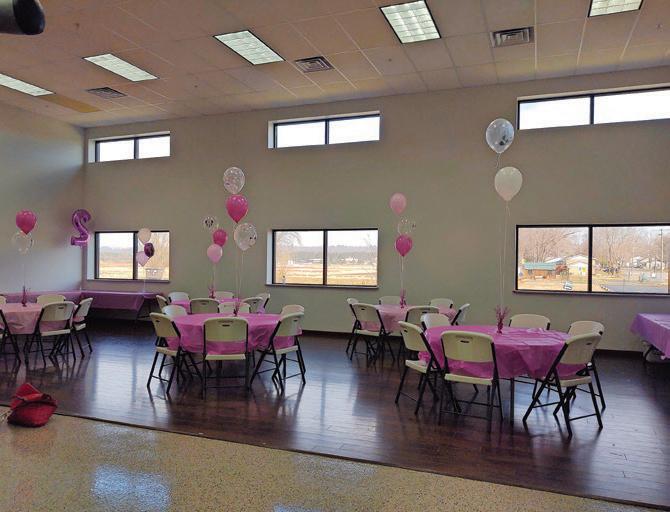
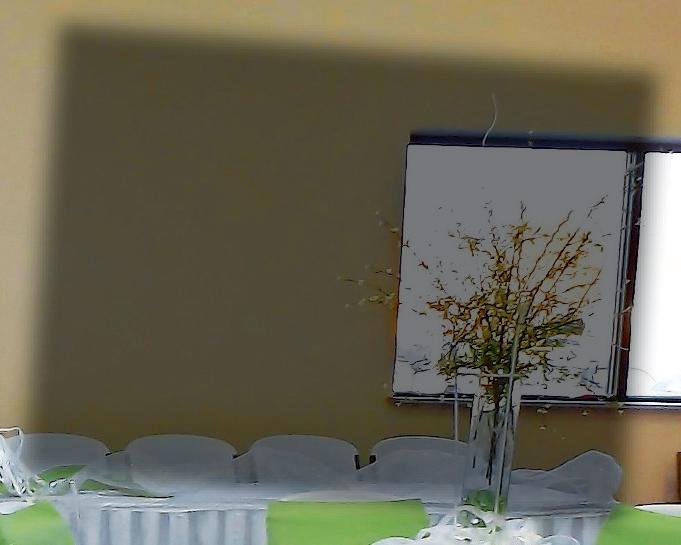
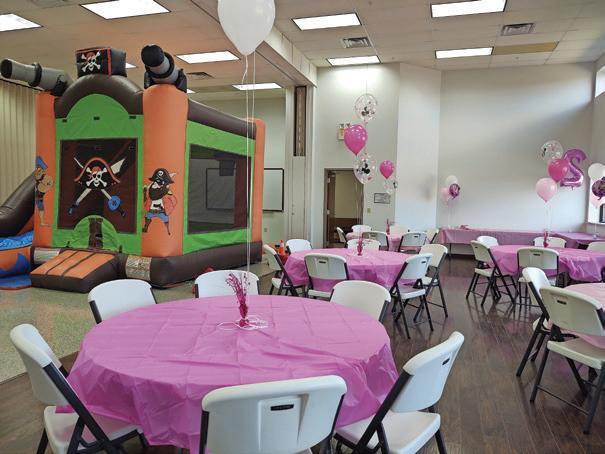
“It’s a good mix. Sometimes people will say, ‘You have all of my favorite things.’ They’re my favorite things, too.”

Fitch’s business draws customers from both near and far. State Route 64 goes through the small town, connecting the scenic hills of eastern Iowa to Chicago. She’s had motorcyclists from Denmark come in to enjoy a cup of coffee, and a German couple stop by twice on their American motorhome adventures. Some customers have rediscovered things that they remember from their grandparents’ homes from years ago, or one-of-a-kind things they may have heard of but have never seen.
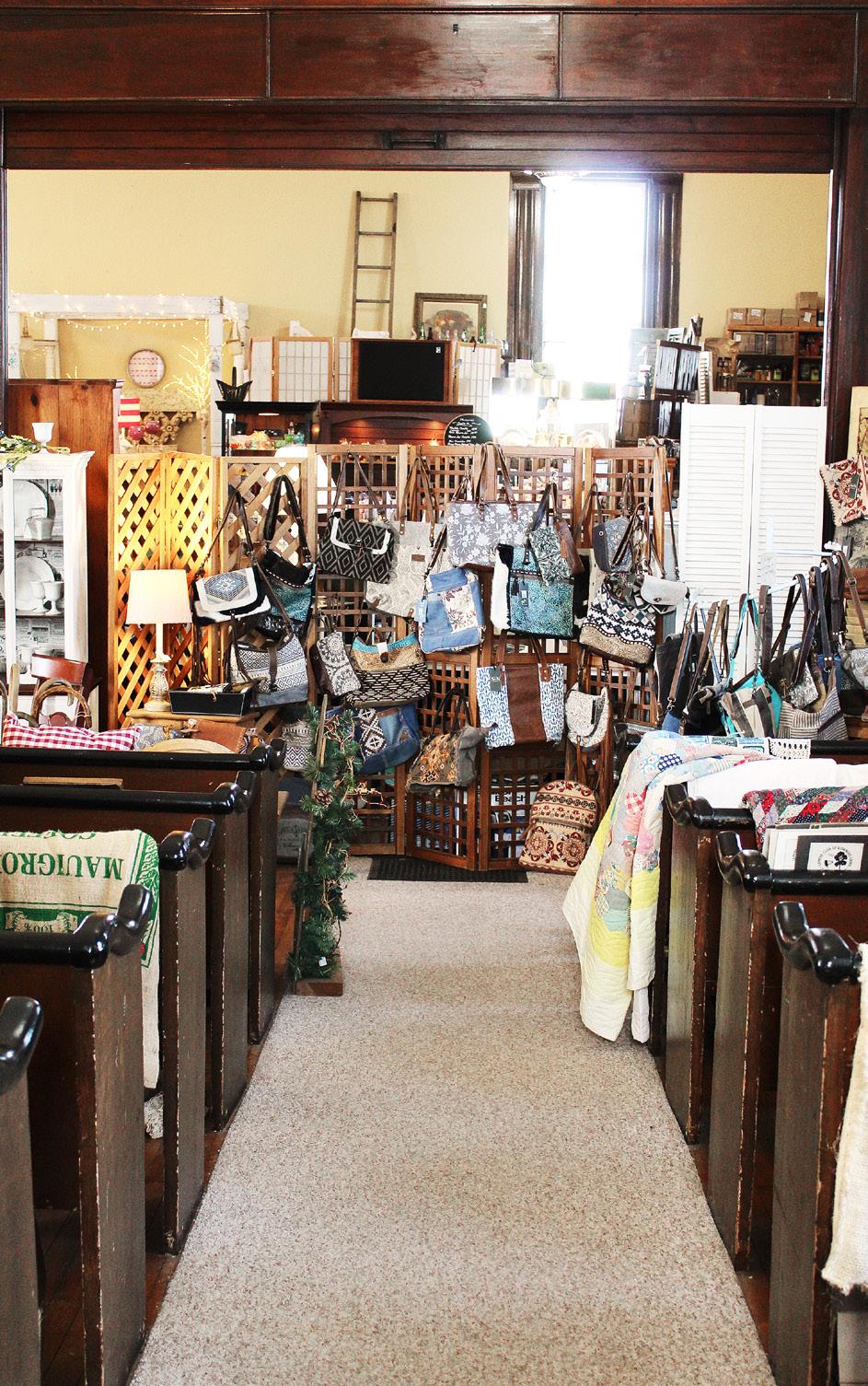
If you find something, you better get it when you see it: One of Fitch’s customer had his mind set on a small kerosene heater stove.
Rather than come in and revamp a vintage building into something that would have been new, but not necessarily improved, Fitch kept the character of the church intact. “The workmanship that’s gone into it, and with the cornices inside and the molding outside is just something you don’t find anymore,” she said. Even the pews have been pressed into service, as another place to display antiques. “The goal here was to create an atmosphere that people want to come back to,” she said
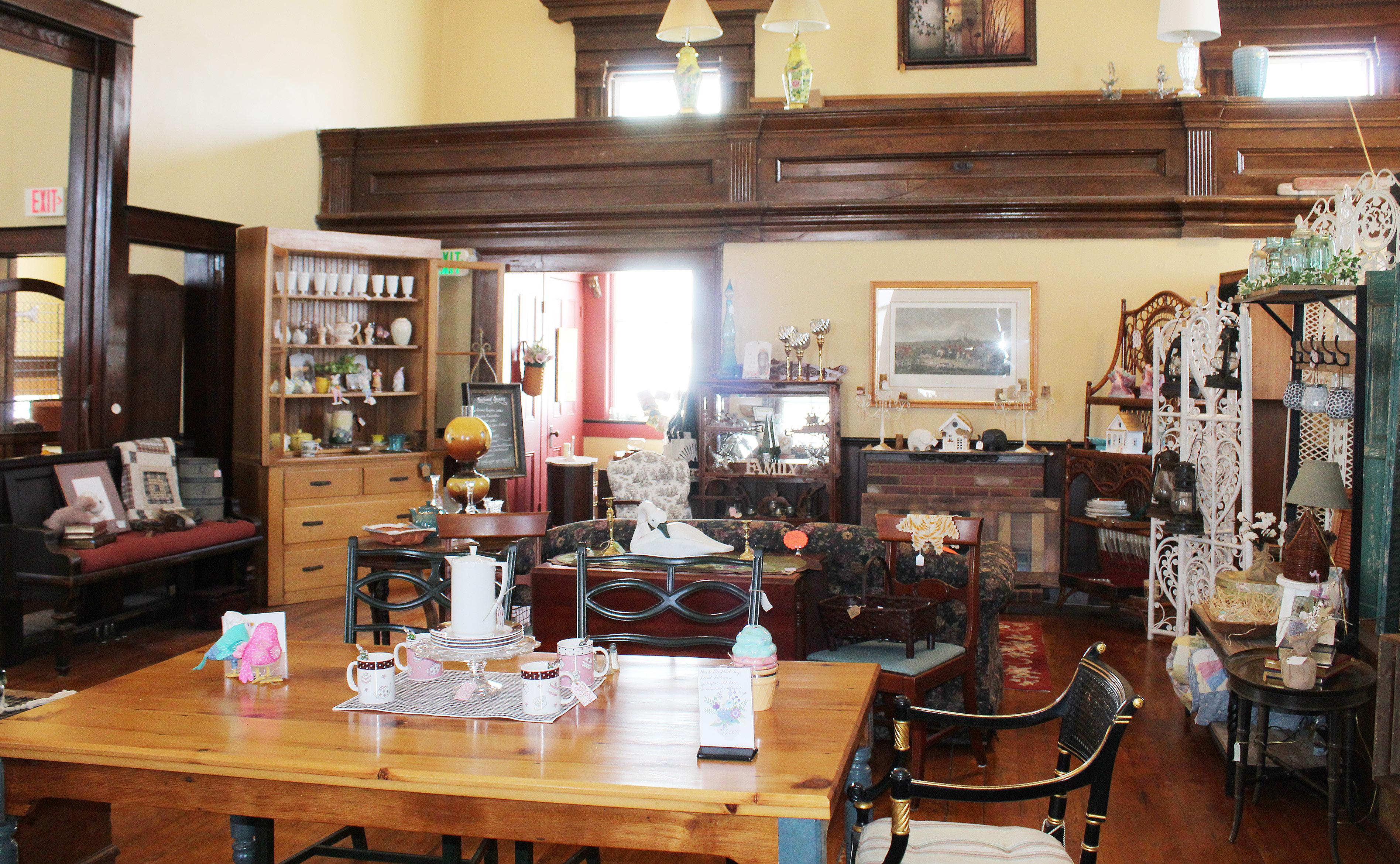
Whether you’re looking for kitsch or class, glamour or glass, you’ll find it at Sweet Revival.
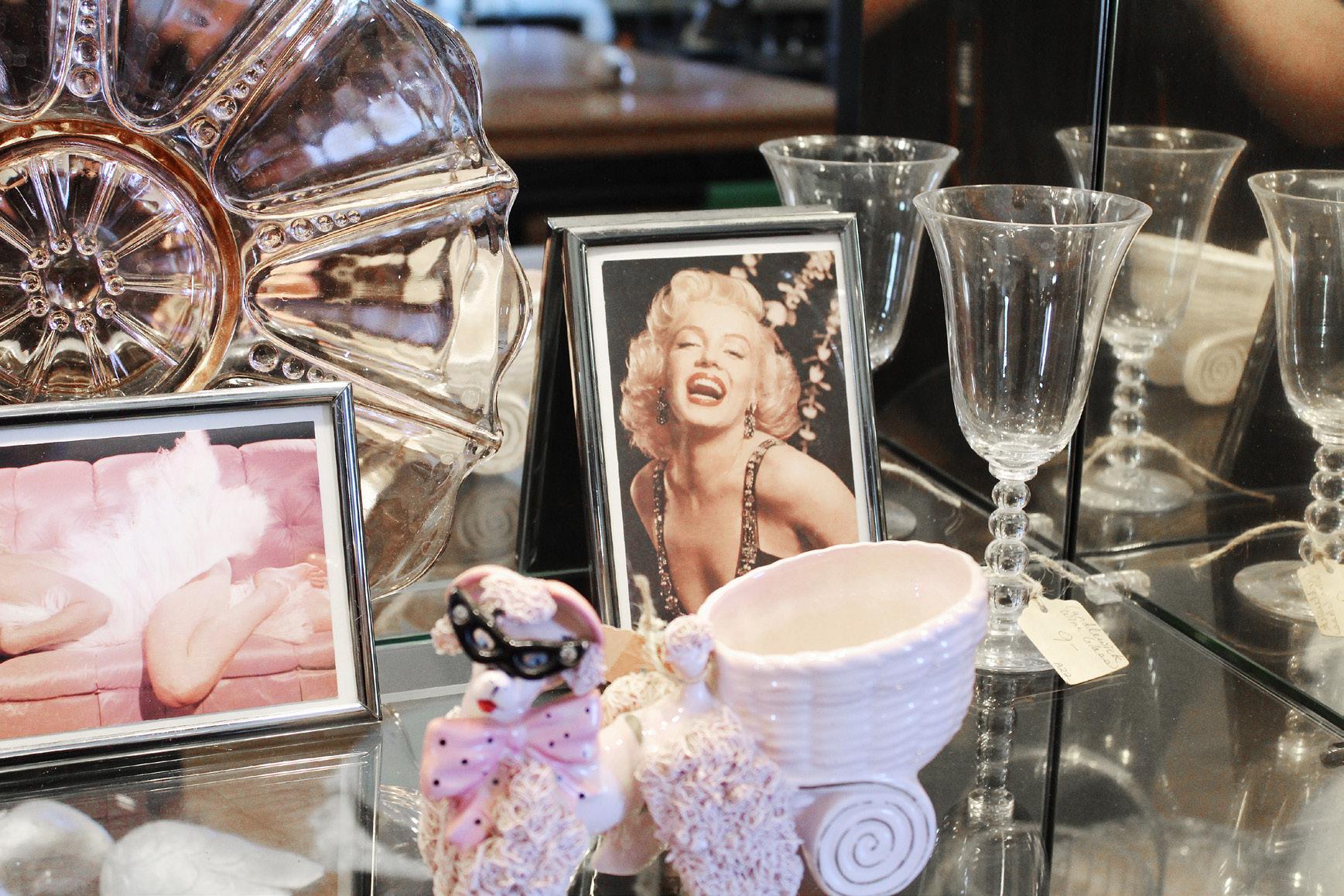
“I had one with a glass chimney in the middle, which is fairly uncommon,” Fitch said. “I had never seen one before. A gentleman came in and said, ‘I’m going to think about that.’ Two hours later, it sold. He came back about two and a half hours later, and I said, ‘It just sold.’ He said. ‘If you ever see another one, you know that I want it,’ and I told him that I don’t know if I’ll ever see another one.”
Fast forward about a year and much to her surprise, she found another one.
“I was just astounded that I ever saw another one. I had his phone number, and I called him up and said, ‘Guess what I found?’ He rushed right here and was happy that I found another one.”

Fitch tries to learn as much as she can about the antiques she acquires, but it’s not unusual for her to learn things from her customers, too.
Her favorite antique find? It’s the largest one in her collection — but it’s not for sale: The building.
REVIVAL cont’d to page 23
“The workmanship that’s gone into it, and with the cornices inside and the molding outside is just something you don’t find anymore,” she said.
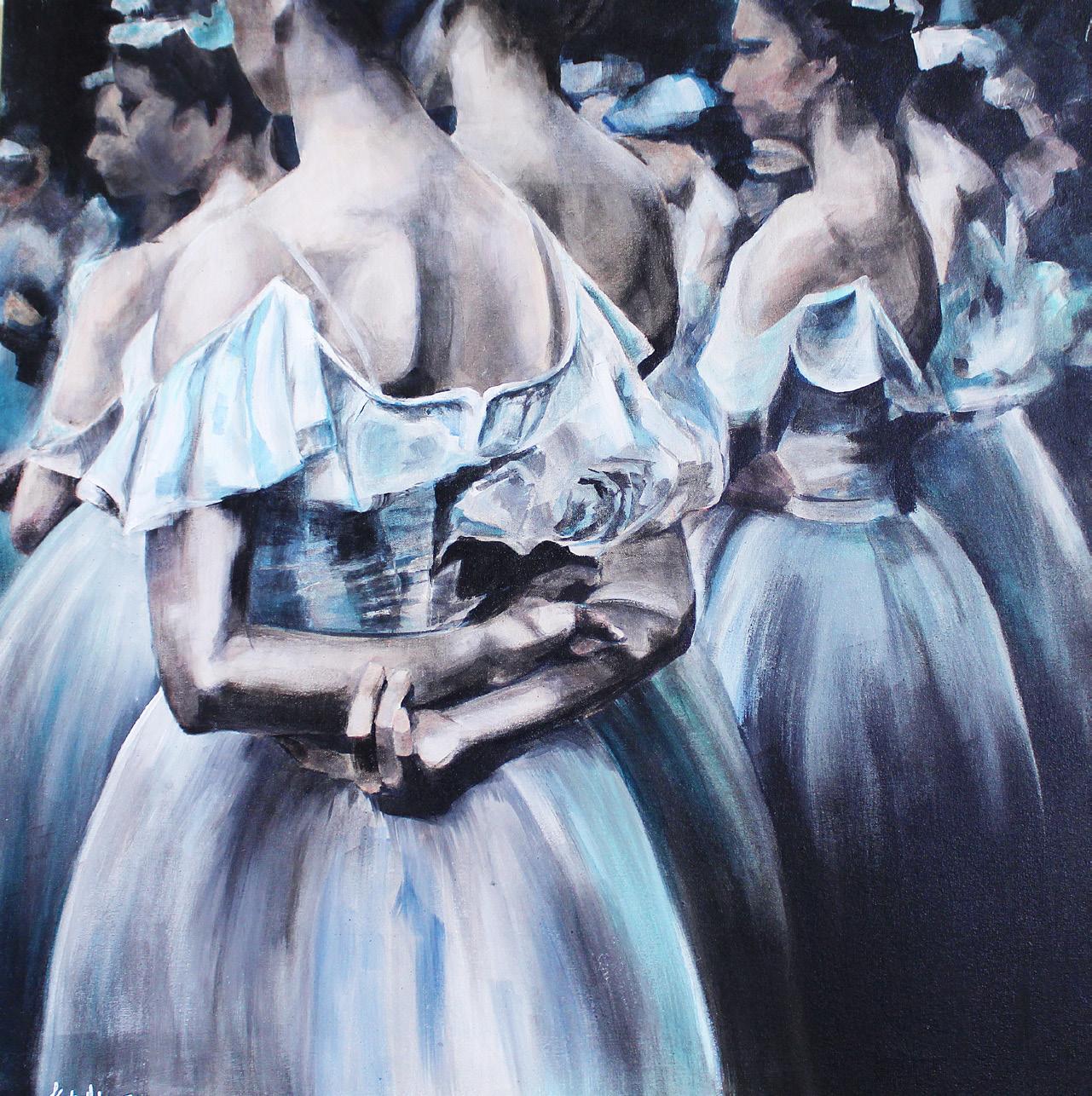
As with the many unique antiques inside, the building itself has an interesting backstory story to it.
Kings was established in 1875 by William H. King when the former Chicago, Rockford and Northern Railroad laid out its track from Flagg Center to Rockford (this line later became the Milwaukee Road and is currently owned by Illinois Railway and Canadian Pacific). Plans at the time had called for neighboring White Rock to have the railroad go through it, but when that didn’t happen, much of its business moved to Kings.
The young village was without a church building for its first few years, but the town found one in White Rock and decided to give it a second life, and second home. Undeterred by what was then so small feat, a deal was sealed for the church and it was hauled back to Kings, with loaders, blocks and good ol’ reliable horsepower — the real kind.
“[Mr. King] said whoever gets a church to this spot gets the deed,” Fitch said. “The members of this church actually picked it up and moved it from a couple of miles away, and it came down what was a dirt road then by horse-drawn sledge, and here it is. They got the deed to the land for $1.”
The church, built in 1862, had served as White Rock’s Presbyterian church. About 30 years after it moved to Kings, an addition was constructed in 1915 that altered the alter from a north-south direction to an east-west one. The new addition also housed the church bell and steeple. Kings Presbyterian Church served the community for about 125 years before it closed in 2005. The building got a third life, this time when another church moved in, but it didn’t stay for long.
Fitch and her husband James, who enjoy going on the occasional antique hunt, became interested in keeping the old church building a viable part of the community, so they sealed a deal to give it a fourth life, as Sweet Revival, which opened in February 2015.
Sweet Revival’s antiques are a treat for the eyes, but you can treat your other senses, too, with a whiff of a scented candle, a tasty treat, or a sip of gourmet coffee. “We started out with just antiques and then over time we added the coffee bar,” Fitch said. “Later on, we added the chocolate. My dream was coffee, sweets and antiques; and good music.”
“I always wanted to do something with coffee, but I didn’t know what else I wanted to go with it,” Fitch said. “I knew I wanted to blend a few things. Because we live just a couple of miles from here, we drove by this building for a few years, and I told my husband that I could do something with this. He let me follow my dream and supported me all the way, and here we are.”
Among the items in the shop are some pieces by her daughter-in-law, Kate May Fitch. Kate has canvas paintings and other crafts in a side room, and her ink drawing of the church’s exterior is featured on some of the store’s mugs and post cards. “I love being able to have her things here,” Laura said.

The coffee bar features espressos, lattes, cappuccinos, white and dark mochas, breves and Americanos, and a “coffee of the day” that Fitch selects from the menu. Other hot drinks include hot chocolate; herbal, green and black tea; a hot spiced cider; and an Oregon Chai latte.
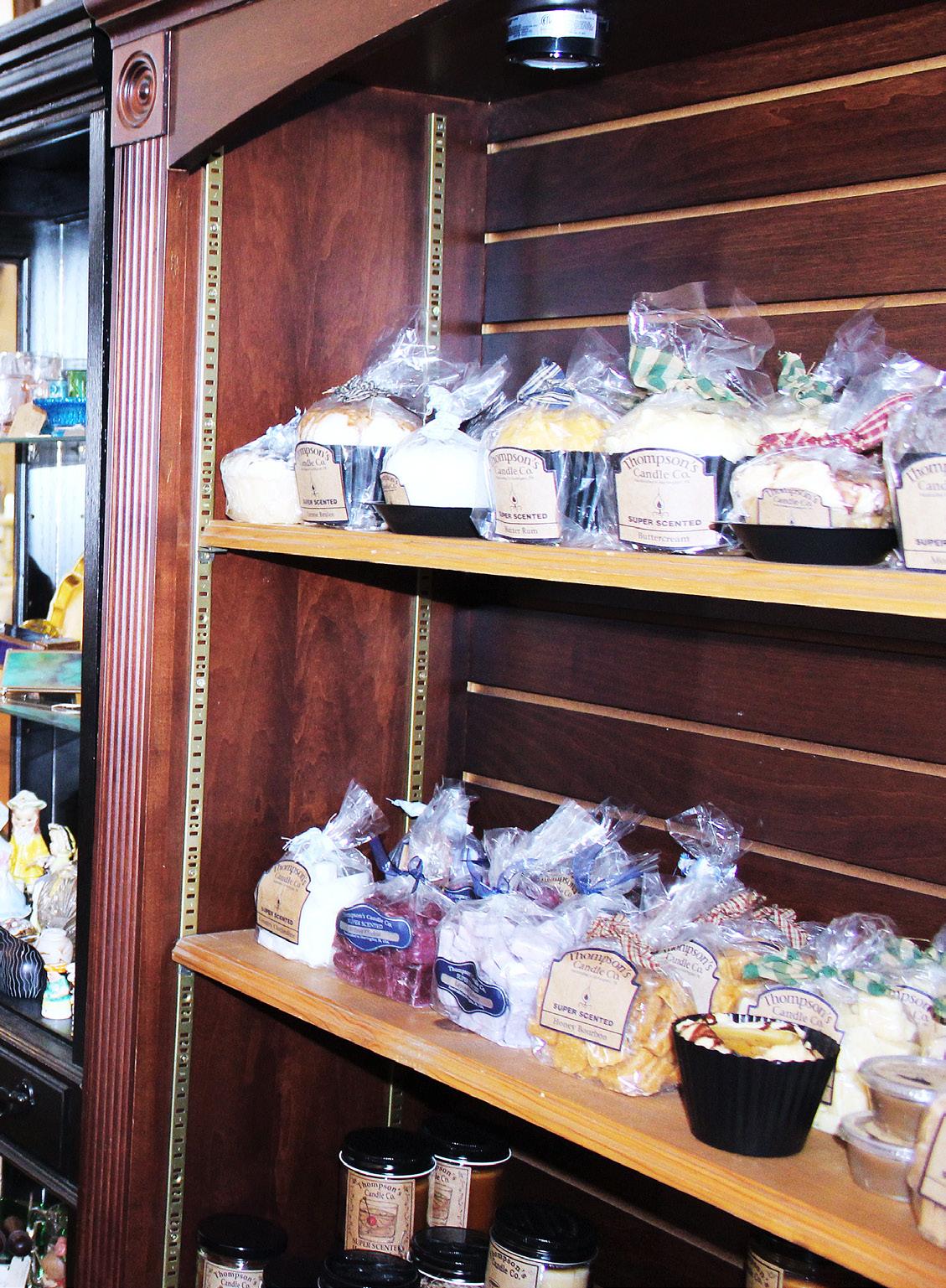
The chocolates, a mix of dark, white and milk, come from an Indiana candy maker. Fitch sells a lot of large peanut butter cups, toffee, and sea salt caramels; as well as maple creams and chocolate mint patties when they are in season. Like the coffee, the sweets came after the antique store opened, and they’ve both proven popular with customers.
“We started out with just antiques and then over time we added the coffee bar,” Fitch said. “Later on, we added the chocolate. My dream was coffee, sweets and antiques; and good music.”
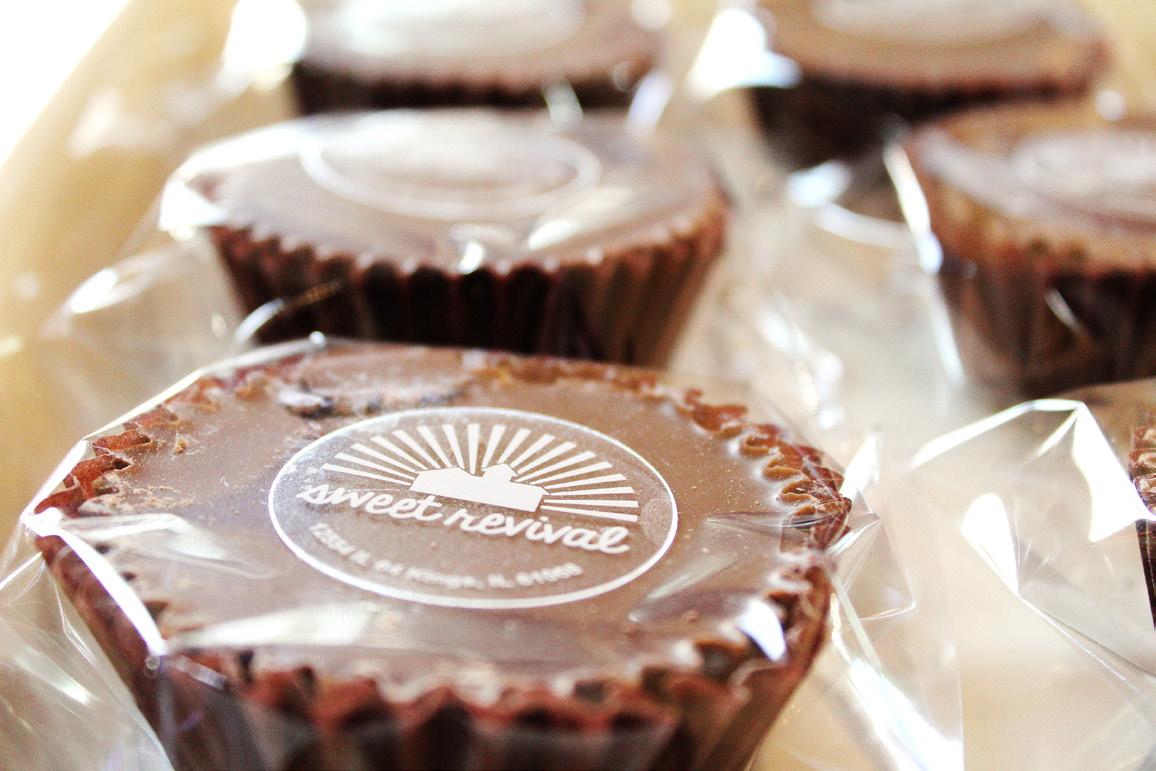
When Fitch needed some help running the shop, she didn’t have far to look. One of her neighbor’s daughters, Teagan Meyers, has helped out behind the bar counter and at the cash register for 4 years. When she isn’t raising the bar with her college high jump accolades for the Sauk Valley Community College track and field team, Meyers enjoys sampling the new coffees that come in and sharing them with customers.
“It’s really cool to see all of the different things that come in, and to meet all of the different people, too,” Meyers said. “It’s really fun to meet people in the community and outside of it. I really like when people come in and get really excited about our building, it’s always nice to hear that.”
Sweet Revival, 12554 E. state Route 64 in Kings, is open from 10 a.m. to 5 p.m. Wednesday through Saturday. Find it on Facebook, go to sweetrevivalantiques.com or call 815-761-5643 for more information.
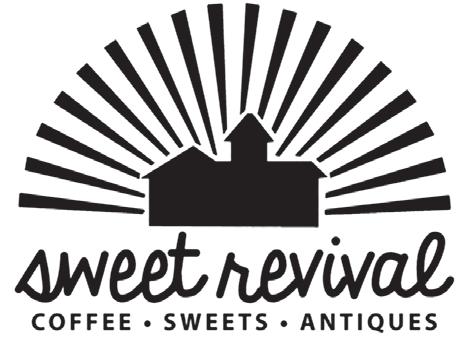
Fitch loves telling people the history of the church, and said the people are fascinated by its story, and they’re often surprised at how spacious this former small-town church is.
“My customers are some of the finest people I’ve ever met,” Fitch said. “There are people who come here from all over the world, and it’s just been fascinating to meet them. I love the people who come in. We share stories, we share interests, and for many people, they’ll say that this is their happy place or their peaceful place, and I’m happy to provide that for them. n
CODY CUTTER/ CCUTTER@ SHAWMEDIA.COM
Teagan Meyers of Kings (left) has helped out Sweet Revival owner Laura Fitch at her shop for 4 years. The recent Rochelle High School graduate and Sauk Valley Community College student enjoys getting to meet new people who stop by from all over.
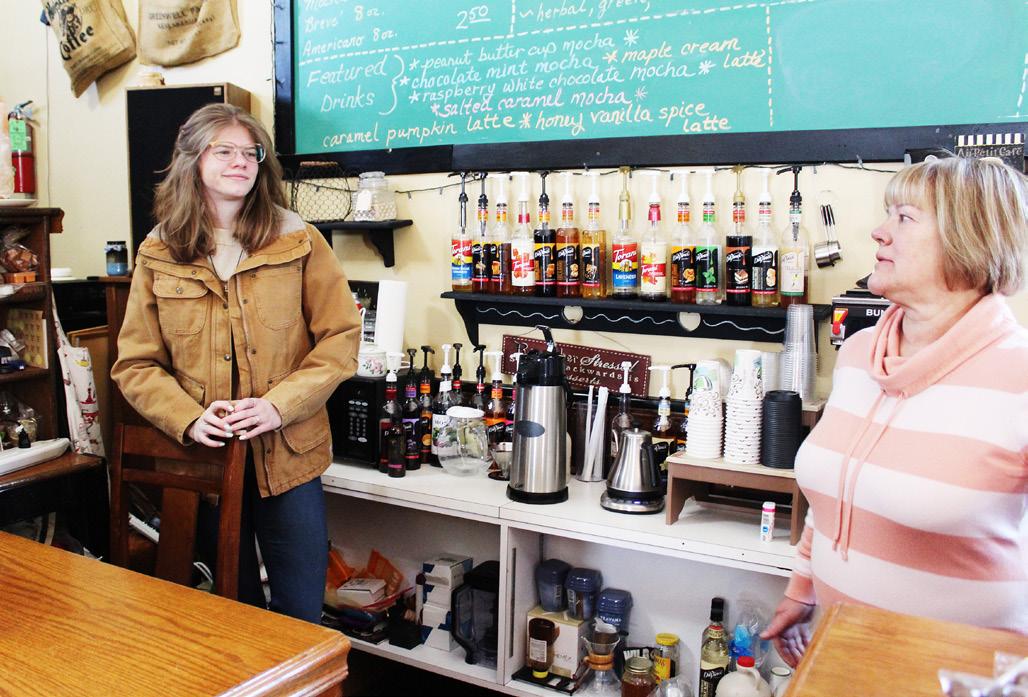
Serenity Hospice & Home is one of only 6 hospices in the entire state of Illinois to receive a 5-Star Rating on the Family Caregiver Survey through CMS! Only one other hospice with an overlapping service area received a 5-Star Rating. You can access this information at Medicare.gov.
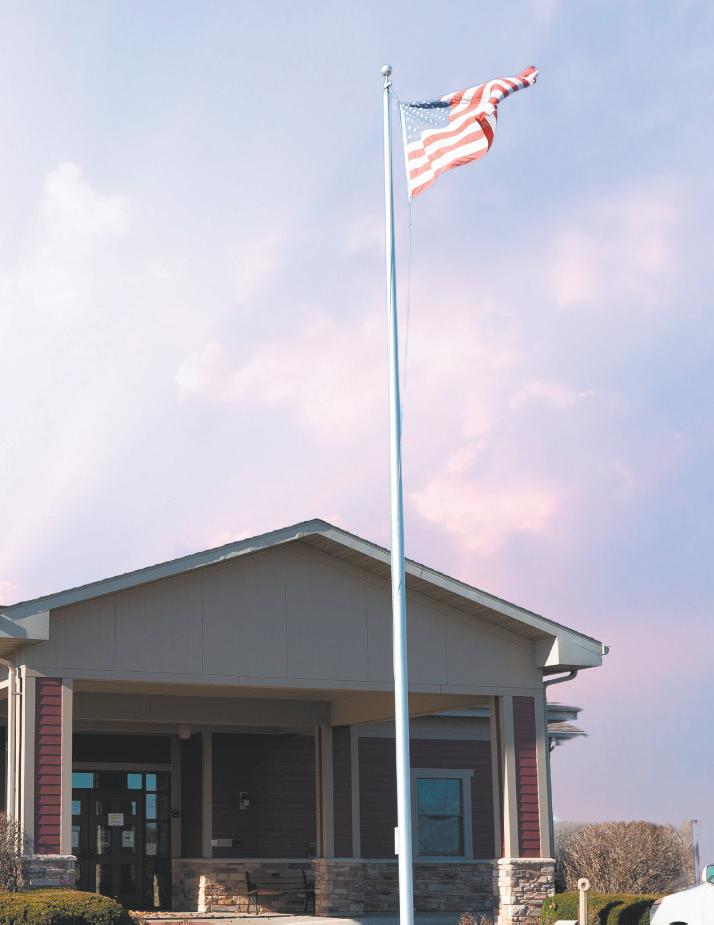

% willing to recommend this hospice compared to Illinois state average of 83%
Communication with family
Getting timely help
Treating patient with respect
Emotional and spiritual support
Help for pain and symptoms
Training family to care for patient
The survey collects information from family caregivers on hospice care experiences in regards to our quality in 6 domains: www.serenityhospiceandhome.org he items at a Mt. Morris resale shop may look like just shirts on a rack or a nifty knick-knacks, but they’re more than that. They’re angels in disguise. That’s because what the store stocks are more than just bargains — they’re a way to help people as they take their final steps on life’s journey.

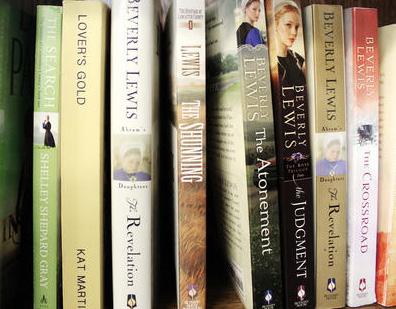

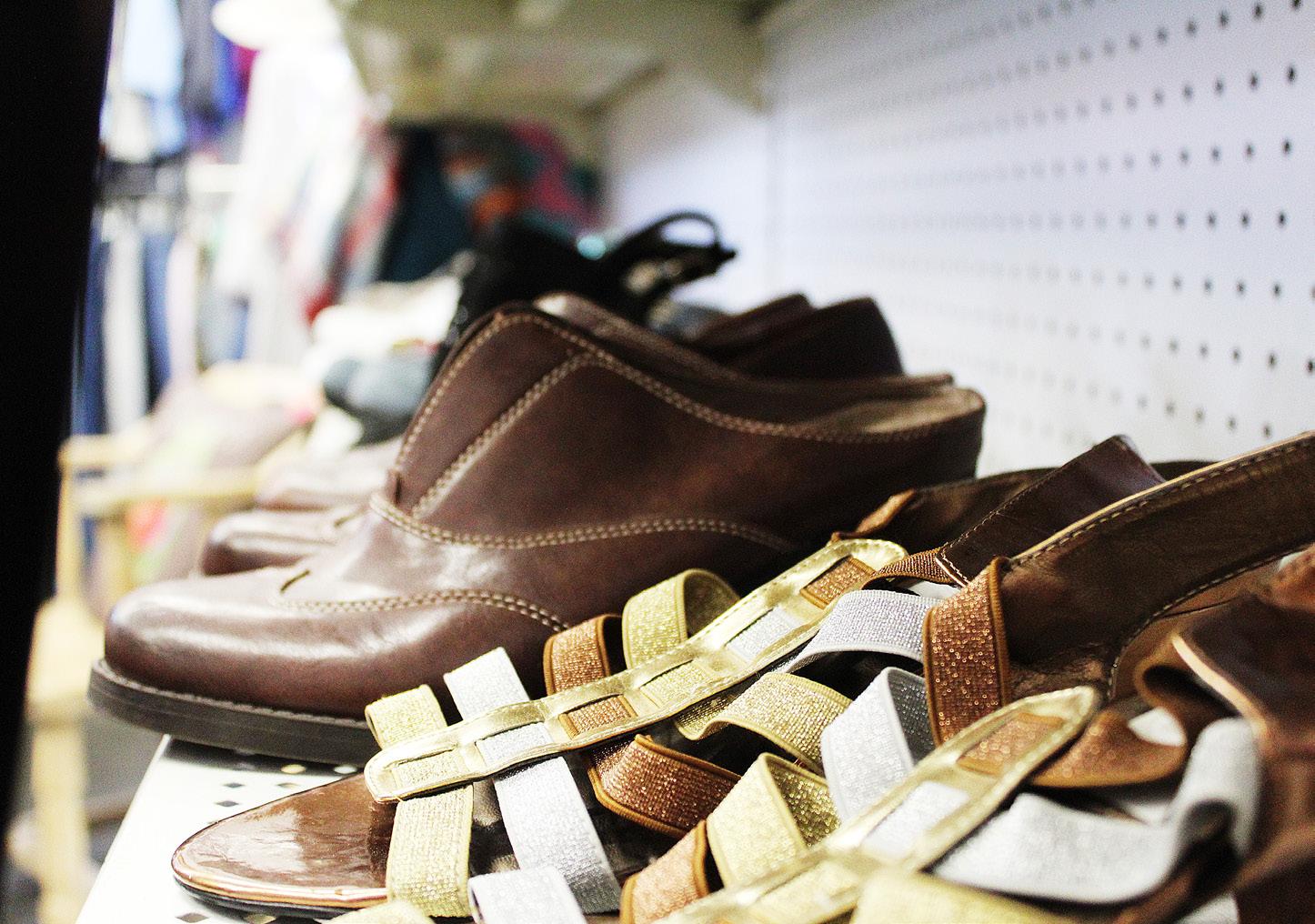
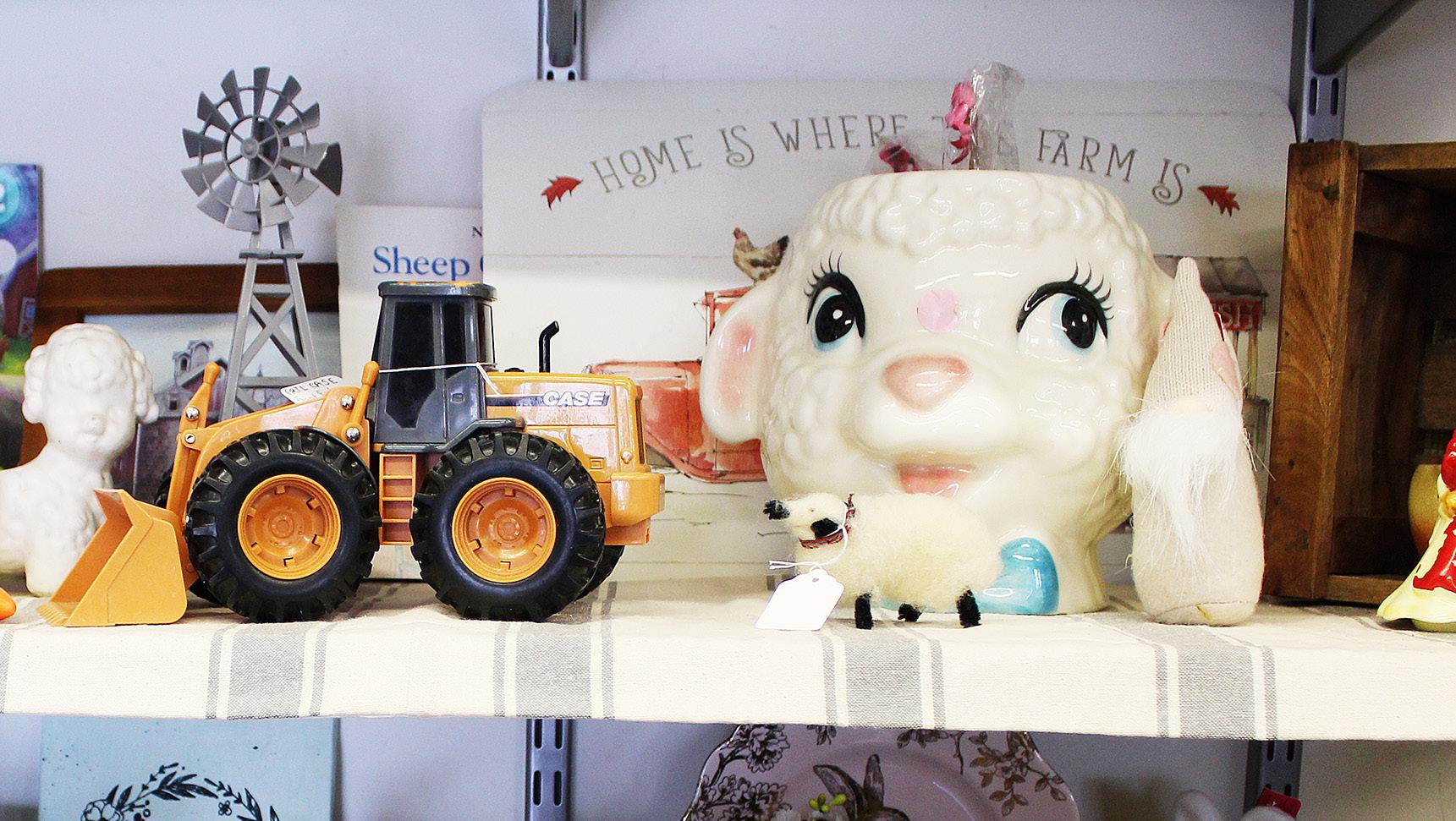
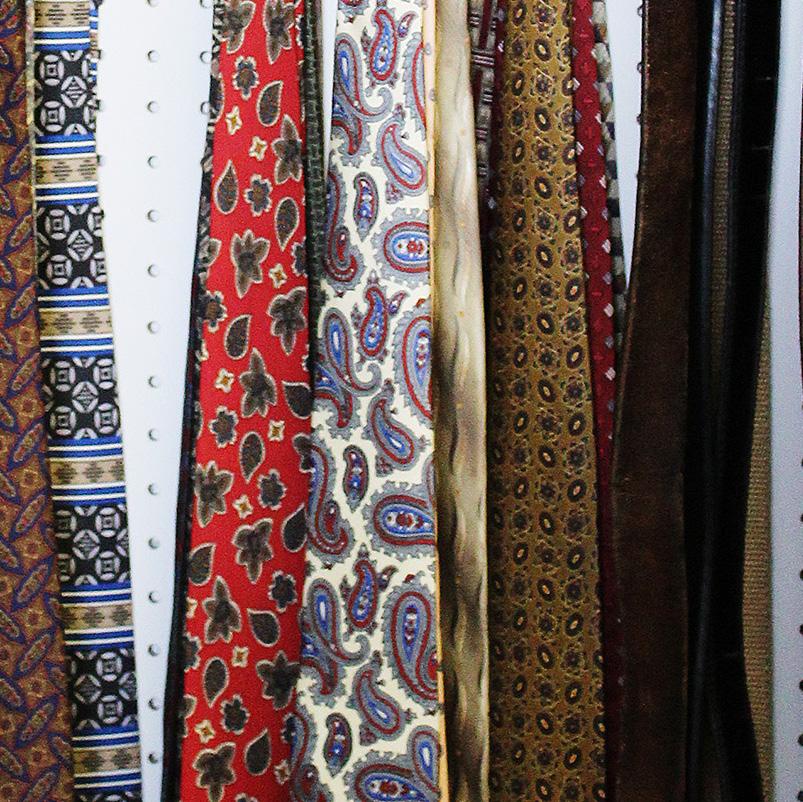





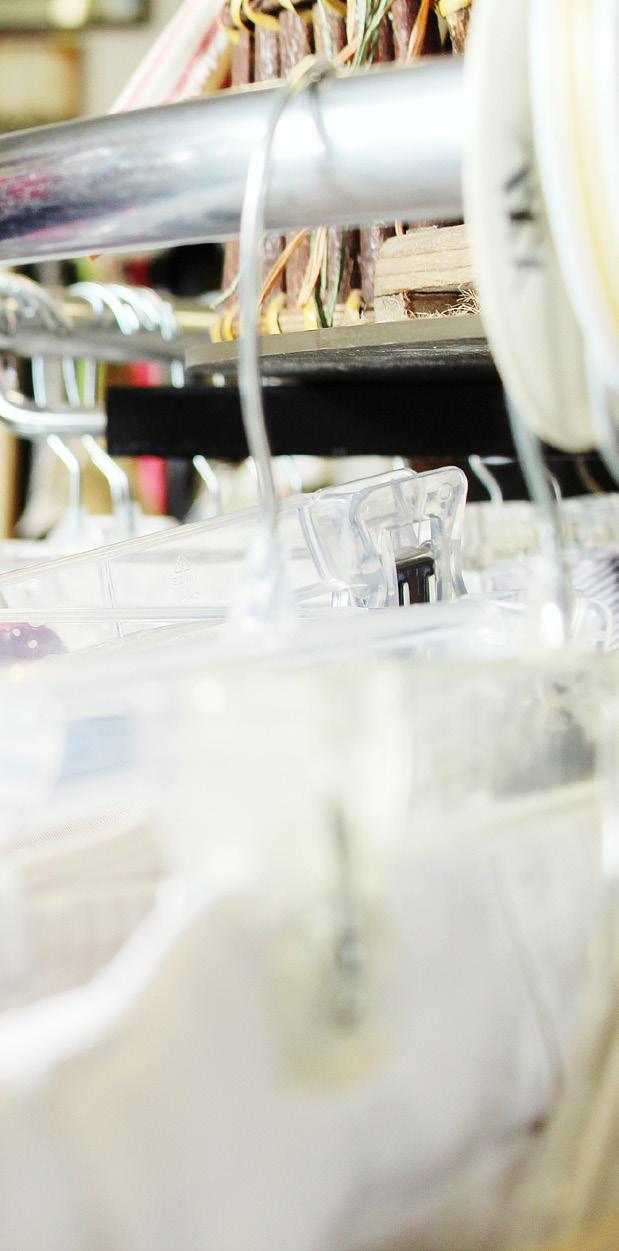

Angel Treasures resale shop is one of the fundraising arms of Serenity Hospice and Home of Oregon, with proceeds from the sales of the store’s clean and neat donated goods, minus operating costs, going toward Serenity and its programs, something it’s been doing for nearly 20 years.
Serenity’s chief financial officer, Kathy Groenhagen, is the person who gets the money from Angel Treasures where it needs to go — allocating it to the programs the organization coordinates, such as bereavement endeavors and integrative therapies, to help patients and their families through the Serenity Hospice and Home Foundation.
TREASURES cont’d to page 28
A lot of treasures would stay hidden if it weren’t for a dedicated team of staff and volunteers at Angel Treasures resales shops, who keep the stores stocked and everything running smoothly. From left: store volunteer Jeanne Rowland, Dixon store manager Derek Fitzgerald, Mt. Morris store manager Christy Ghibellini, volunteer Sue Javorik, and Serenity Hospice and Home chief financial officer Kathy Groenhagen. “The staff is phenomenal,” Groenhagen said. “I hear from people all of the time who say how helpful everyone is, and that the volunteers are so helpful.”
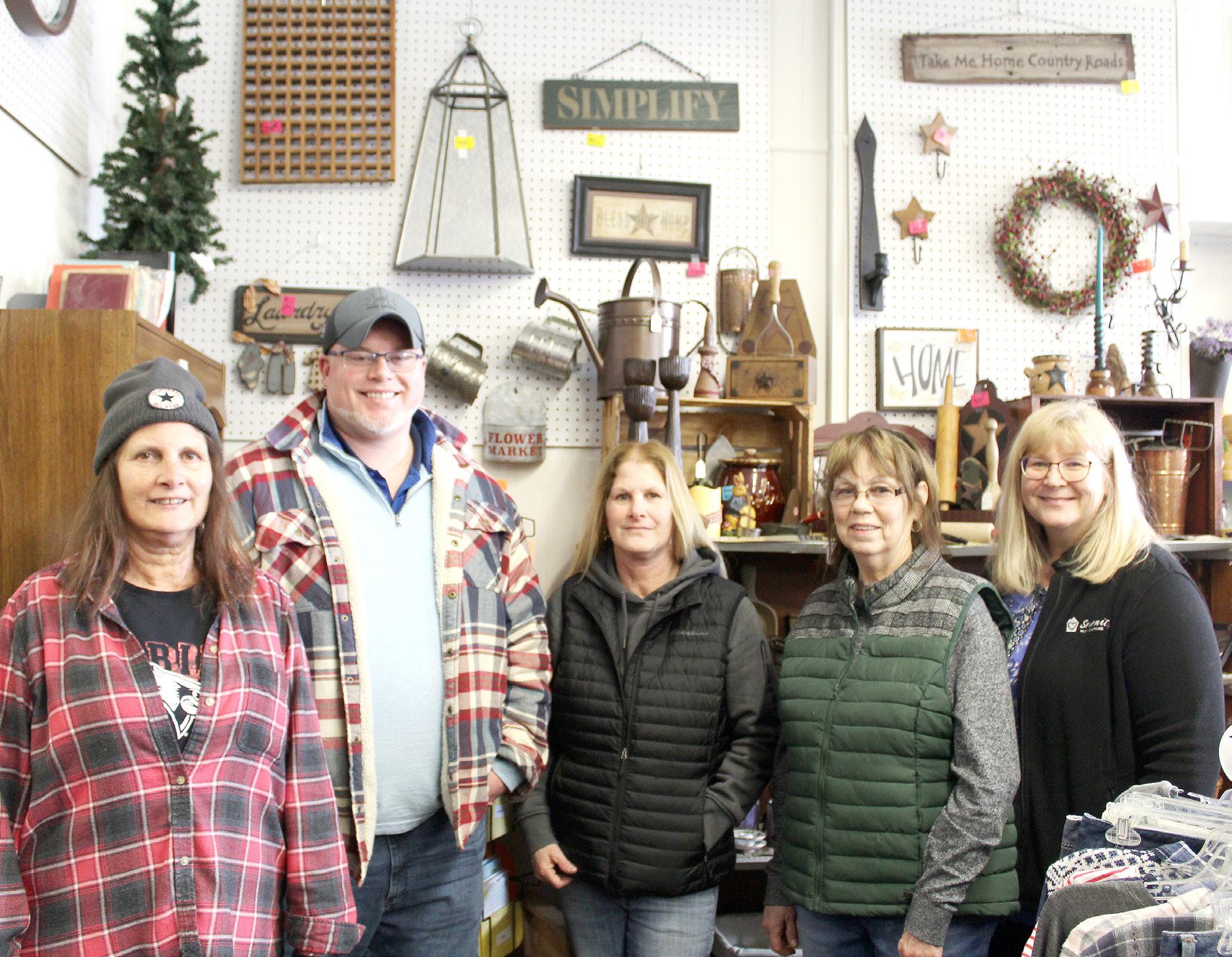
CODY CUTTER/CCUTTER@ SHAWMEDIA.COM
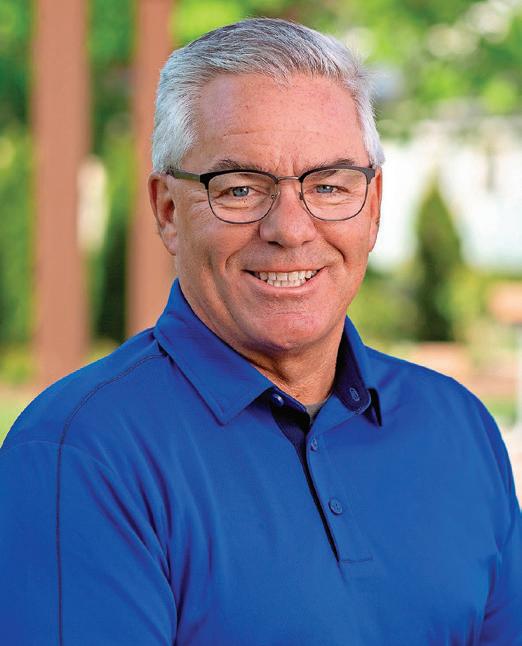


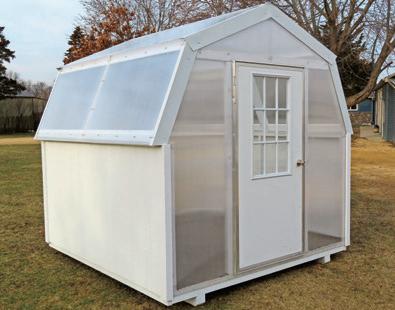
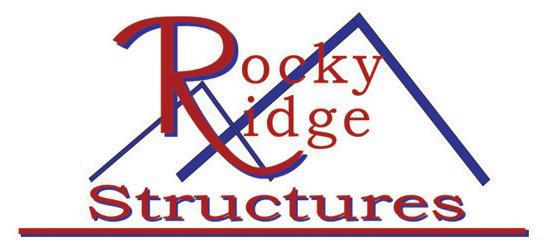
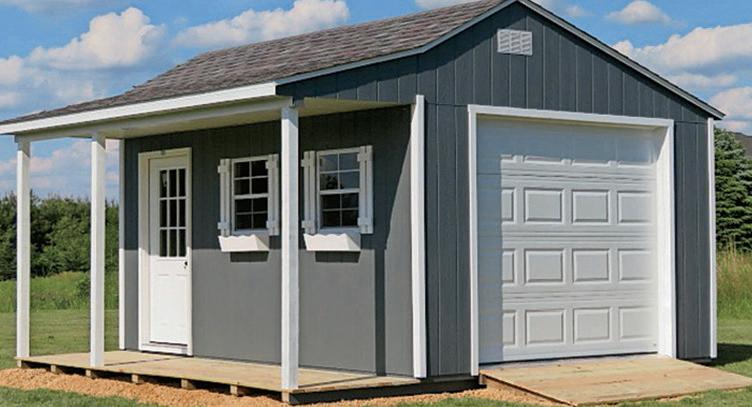
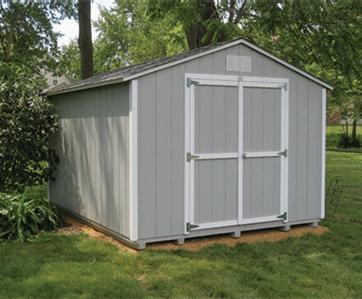

“It started out as a way for community members and the bereaved to donate their items, and for Serenity to get a little money to help support and fund our programs,” Groenhagen said. “The foundation raises money for all of the unfunded pro grams that Medicare, Medicaid and private insurances don’t pay for.”
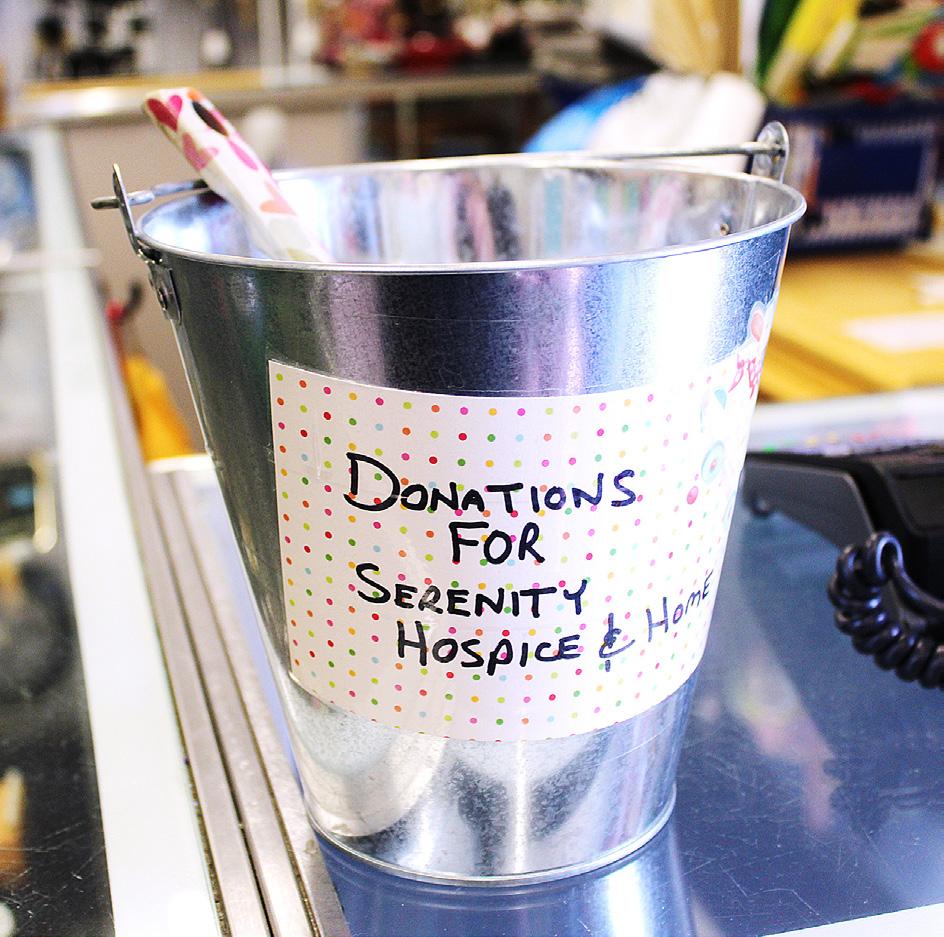
The store accepts donations of clothing for all ages, housewares, glassware, dishes, books, collectibles, jewelry, handbags, wallets, shoes, boots, coats, jackets, toys, games, movies, music and seasonal items. Donations are accepted during store hours every Monday, Wednesday and Friday, or by appointment, which is suggested for donations larger in size or quantity.
Shoppers can roam around four rooms of items. The front room has collectibles and a jewelry case, along with a small area with used books. That’s also where people check out — and if they want, drop a donation into a bucket by the cash register. The largest room is where you’ll find clothing for adults, stacked neatly on shelves or hung on racks. Kitchenwares and other small appliances are neatly shelved in a hallway that leads to the children’s room, where kids clothing and toys await their new owners.




Store manager Christy Ghibellini makes sure everything is in its place for the bargain hunters who come in to browse and buy — and often times, things don’t stay in place long.
“Our turnaround is real quick here,” said Ghibellini, who has worked at Angel Treasures for 9 years. “We know what people want here. People want name brand. They’ll come in here looking for the name brand and love to get a deal on it. People come in here every day, sometimes even twice a day. They like to shop here and they know it’s for a good cause, also, so it works both ways.”
Angel Treasures originally opened in Oregon before coming to Mt. Morris about a decade ago and it didn’t take long for the store to take wing. By 2016, the store had outgrown its first home, a smaller building on the east edge of town, and moved into its current location inside the former Angie’s Aquatic Aquarium building in May. Later that year, there was twice the nice — a second location, Angel Treasures II, opened in Winnebago — and today, the store is on its way to opening a third location, in Dixon. Angel Treasure’s III is expected to open May 1.
Derek Fitzgerald is in training at the Mt. Morris store to become the manager of the Dixon location, and he’s already got a pretty good feel of how things work — and he should: He’s been a longtime customer at the store.
“We want to model the Dixon store after this one, and bring that to that community,” Fitzgerald said. “We’ll help raise funds from there to help the foundation.”
The foundation isn’t the only one helped by the store. Angel Treasures also has a partnership with the Village of Progress in Oregon to take the clothes that don’t sell and find a home for them. Village workers pack up clothes and prepare them to be sent to third-world countries
Sue Javorik of Oregon, a retired banker, has volunteered with Angel Treasures for 9 years. Being a good volunteer, she said, involves being positive, friendly and definitely energetic in all of the work done there. Much of her work consists of unloading, sorting, pricing and putting out items for sale.
Beyond the sense of satisfaction that comes from helping others, volunteering comes with other perks. She likes her fellow volunteers and enjoys meeting the customers — and she’s even found some treasured goods for her own home while going through donations.
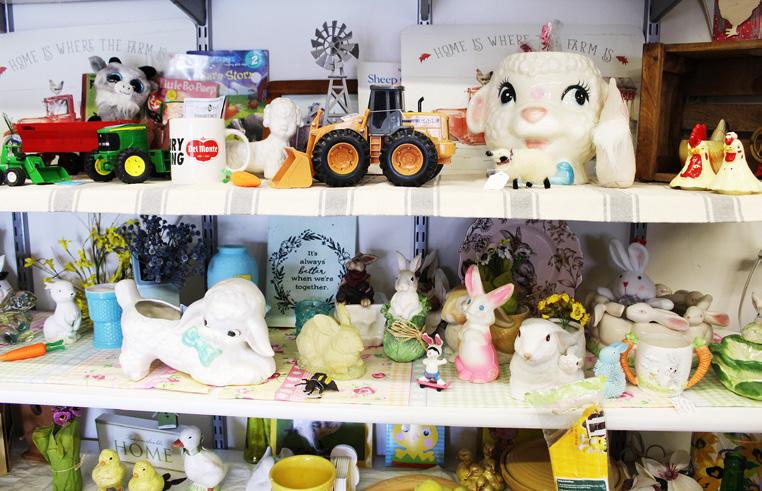
“I just love sorting through everything,” Javorik said. “I’m a big garage-saler and I like bargain hunting, and I enjoy getting to know all of the people here; they’re fun to work with. I like getting out of the house and getting some exercise. In the back room, whatever they need, if they ask, I try to do whatever and help out with whatever. We’re friendly with our customers and help them if they need something loaded.”
The store has three paid full-time workers, two paid parttime workers and a volunteer crew of about 15 who do a variety of tasks throughout the store. Additional volunteers are always welcome.
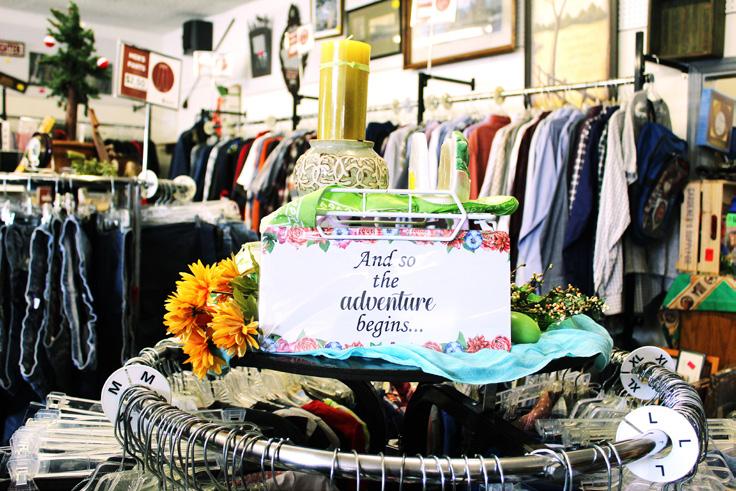
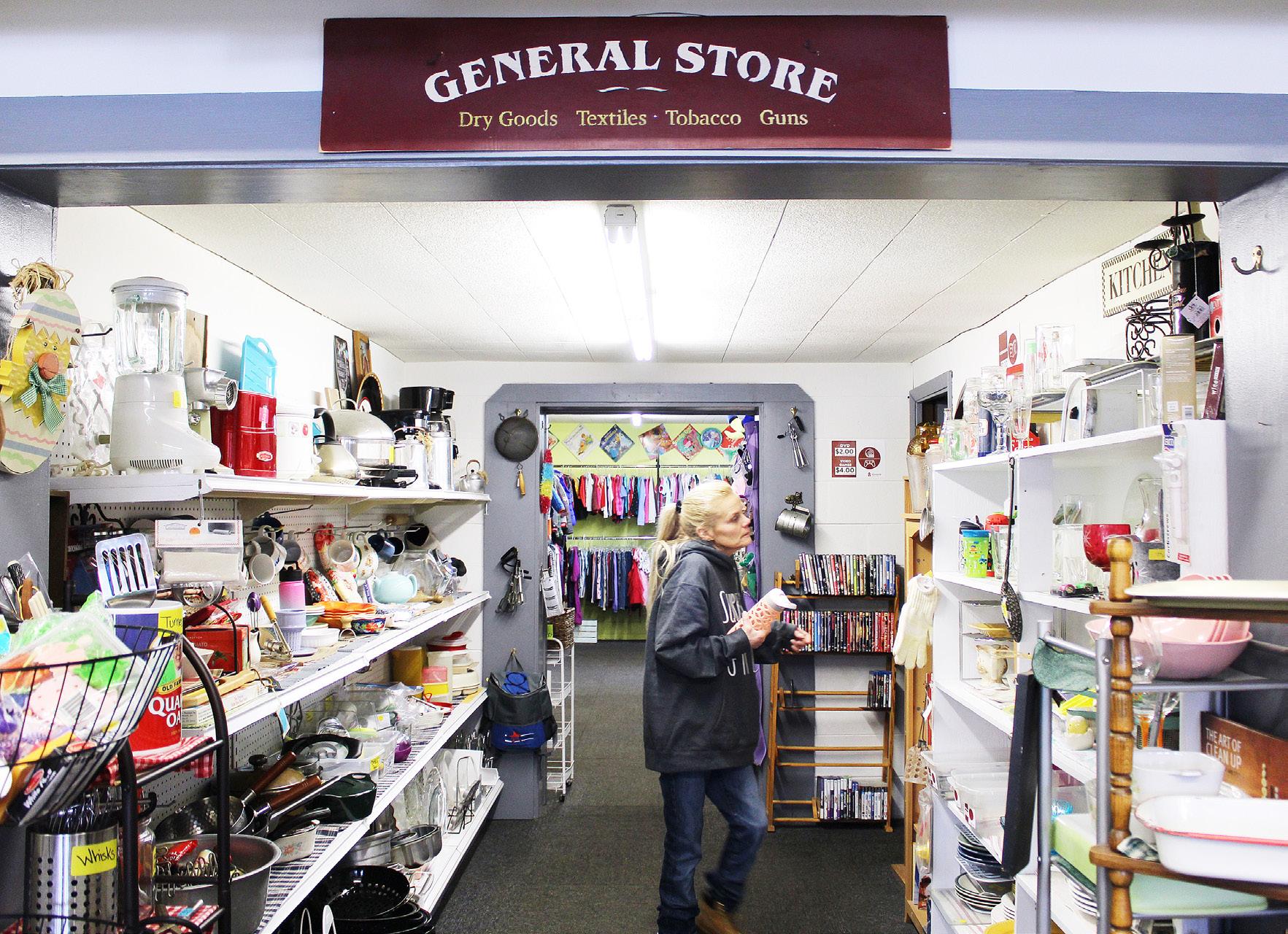
What’s it take to lend a helping hand?
TREASURES cont’d to page 31

A good volunteer, Ghibellini said, is “loyal, always shows up, and is willing to help with whatever we need done.” Some of her best volunteers and the store is lucky enough to have quite a few — are those who can come in on a moment’s notice and pitch in when a volunteer is unable to make it. There’s always something to do. “I’m really fortunate,” she said. “I’ve got great help, and that’s why this store runs.”
In the time that Fitzgerald has learned the ropes from Ghibellini, he’s come to appreciate the work and effort she puts in to making Angel Treasures the unique and popular place that it is — even if she shies away from taking credit.
“Christy helped put this location together from the beginning, and put in so much time and effort,” Fitzgerald said. “She won’t allow anyone to give her a lot of praise, but she deserves it.”
Groenhagen hears a lot of praise, too. She’s heard it from customers and community members in both Mt. Morris and Winnebago, and looks forward to hearing from Dixon shoppers, too.
“The staff is phenomenal,” Groenhagen said. “I hear from people all of the time who say how helpful everyone is, and that the volunteers are so helpful; and we have a very loyal customer base.” n in Mt. Morris, is open 9 a.m. to 5 p.m. Monday through Saturday. Donations of items are accepted Monday, Wednesday and Friday from 9 a.m. to 4:30 p.m. Find Angel Treasures Resale Shops on Facebook, or go to serenityhospiceandhome.org/angelstreasures, or call 815-734-0504 for more information.

Angel other Nature isn’t the only artist in Oregon. While her rolling hills, stoic bluffs, gently winding river, and lush greens of spring and fiery colors of fall are no doubt a timeless masterpiece, there have been others whose talent for capturing their imagination and setting it free in works of art has withstood the test of time.
Treasures II is in Winnebago, at 126 S. Benton St., open from 9 a.m. to 5 p.m. Monday through Friday and until 2 p.m. on Saturday. Call 815-335-2292 for more information. soon to be located at 847 N. Galena Ave. in Dixon, will open later this spring. Go to the Serenity Hospice website for more information.
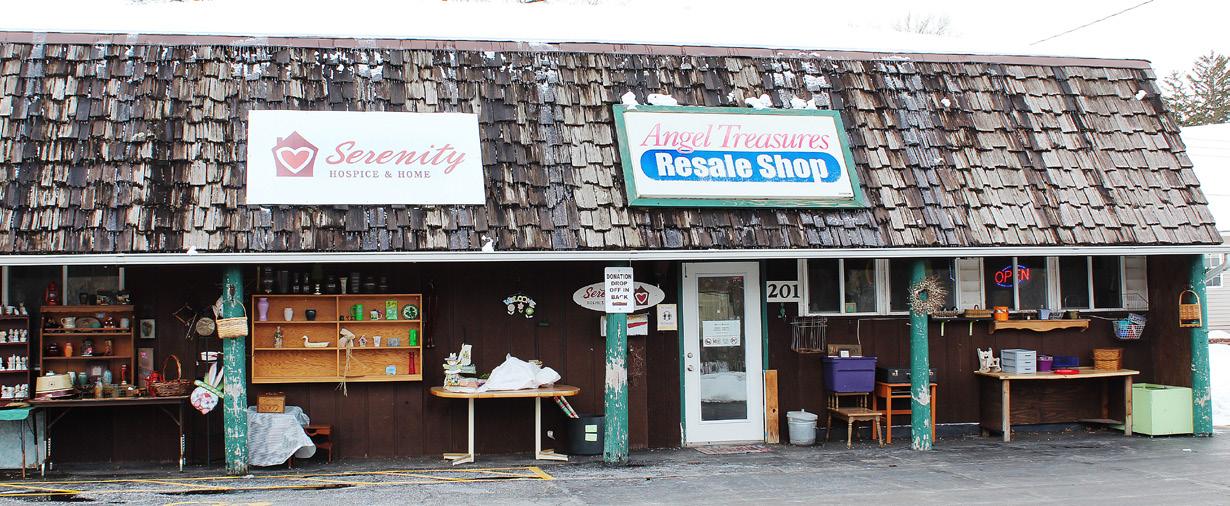

“The Eternal Indian,” a nearly 50-foot-tall concrete sculpture of Chief Black Hawk, watches over the town from the east bank of the river, and the artist who filled that tall order, Lorado Taft, also created the “Fish Boys” fountains at Mix Park. Elsewhere, paintings from Oregon’s past hang at the local library, a testament to the artists’ talent and the community’s appreciation of art.
COLONY cont’d to page 34
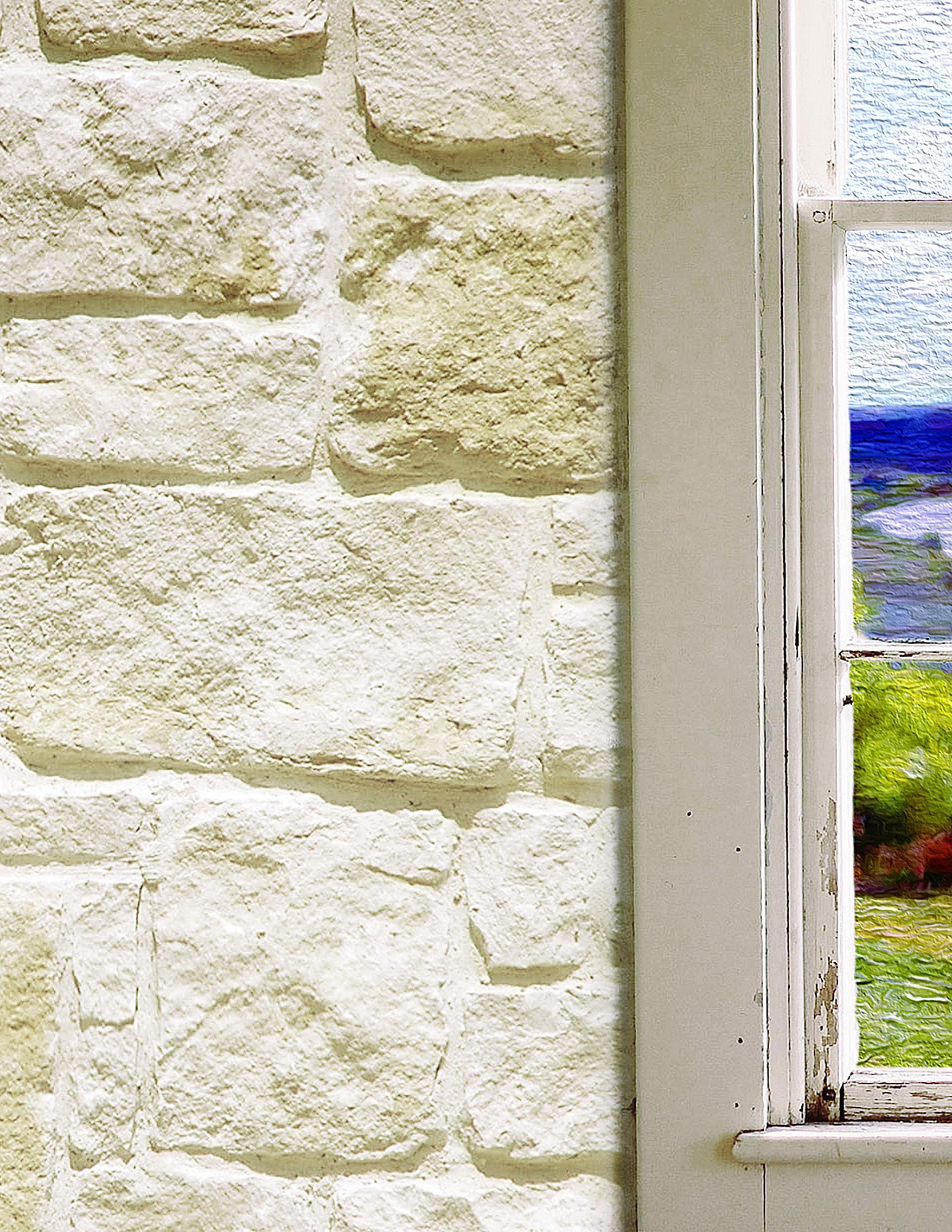
StorybyCodyCutter
SaukValleyMedia
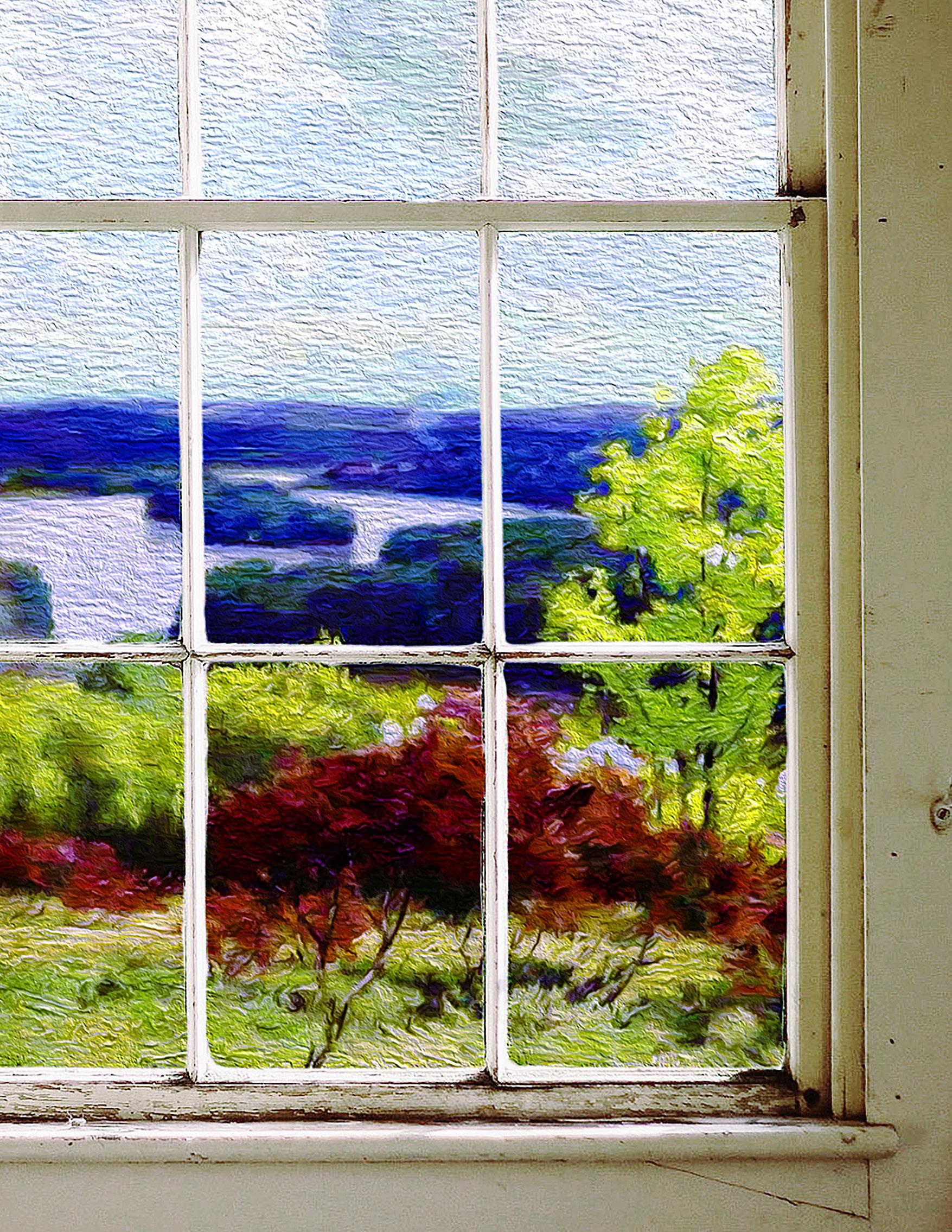
As this year marks the Eagle’s Nest Colony’s founding 125 years ago, local historian Jan Stilson (left) of Oregon, and Northern Illinois University Lorado Taft campus director Melanie Costello are helping keep the history of the group alive. The painting behind them, an untitled work done in 1899 by artist Oliver Dennett Grover, hangs above a fireplace in the campus’ dining hall. “Oliver Dennett Grover preferred to go out, see the landscape in person and paint it on the spot,” Stilson said. The artist colony, founded by Taft on the current campus ground, was established in 1898. Stilson published a book about its history, “Art and Beauty in the Heartland,” in 2006.

While these pieces each have their own character, they also have something in common. They are products of the Eagle’s Nest Art Colony, which once congregated at the site of what would become Lowden State Park and Northern Illinois University’s Lorado Taft Campus on the east side of the river.


Taft, a Chicago artist, was one of 12 founders of the artist colony in 1898, and this year marks the quasquicentennial (125th anniversary) of its founding. Known locally for “The Eternal Indian” and “Fish Boys,” Taft’s legacy has influenced fellow artists through the years, who, like Taft, have been inspired by the area’s natural beauty to create works of art and share them with the community.

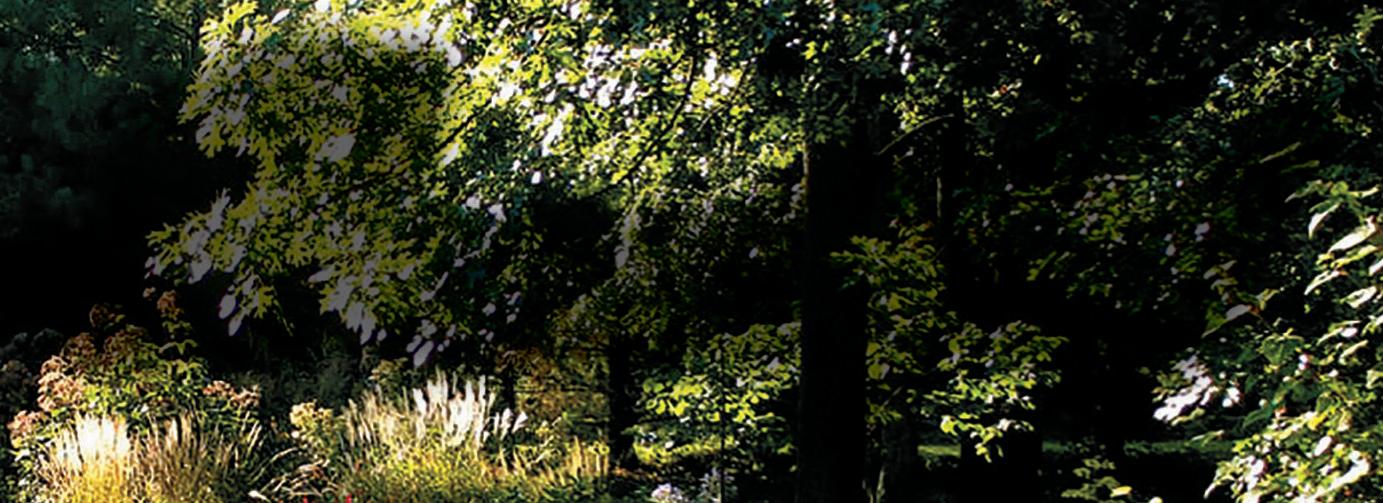

Oregon historian Jan Stilson, who wrote a 2006 book about the history of the art colony, “Art and Beauty in the Heartland,” worked in the campus library for many years and had access to a wealth of paperwork and photographs from its time as an art colony. She also traveled to talk with Taft’s descendants to learn more about the colony.
“The artists who came out here certainly made their contribution to the world of art,” Stilson said. “They were trying at that time to raise the level of art awareness among the country folks around here, and they did that by working in programs through the local schools. They left an imprint on the art world that lasts to this very day.”
Stilson remembers visiting the nearby Lowden State Park as a young girl, shortly before it first opened in 1945, and seeing the remains of some of the art colony buildings, looking dilapidated and forlorn since the colony ceased in 1942. Growing up in Oregon, she became fascinated with Taft’s local works and those of the fellow Eagle’s Nest colonists, who worked in blend of different artistic genres from paint to sculpture to the written word.
“Going through the Oregon School District, I heard about the artists, especially Mr. Taft and the Black Hawk Statue,” Stilson said. “I thought, ‘Who are the other artists?’ I couldn’t take it all in as a child, and I began to study it and had an advantage working here in the library at the time to see some of the original files that they left behind, and the photos that they took.”
The colony’s original 12 founders were sculptors Taft and Nellie Walker; artists Ralph Clarkson, Charles Francis Browne and Oliver Dennett Grover; writers Hamlin Garland, Henry Fuller and Horace Spencer Fiske; architect brothers Irving and Allen Pond; organist Clarence Dickinson; and University of Chicago administrator James Spencer Dickerson. All were from Chicago.
COLONY cont’d to pages 36 & 37

Northern Illinois University's Lorado Taft Campus in Oregon is named after the founder of Eagle's Nest Art Colony, Lorado Taft. Perhaps Taft's most memorable local work is the iconic concrete statue of Chief Black Hawk, "The Eternal Indian," which sits nearby at Lowden State Park. The statue was inspired by a conversation that Taft and his fellow colony member, Hamlin Garland, had about a nude work that Taft was working on, unrelated to the future statue. According to Oregon historian Jan Stilson: "At that time, [Garland] was a famous American writer who wrote stories about the West and the Indians. He had been on a tour and came back to Chicago to see Taft, who was sculpting a nude at the time in his studio. Mr. Garland was kind of a puritan, conservative in nature, and he said, 'I'll show you where the American spirit is,' and he picked up a piece of canvas, drew, and said, 'The American Indian is where the spirit of America is.'" Work on the statue began with small models designed by Taft at his Midway Studio in Chicago, with the clay head models designed at the Eagle's Nest.
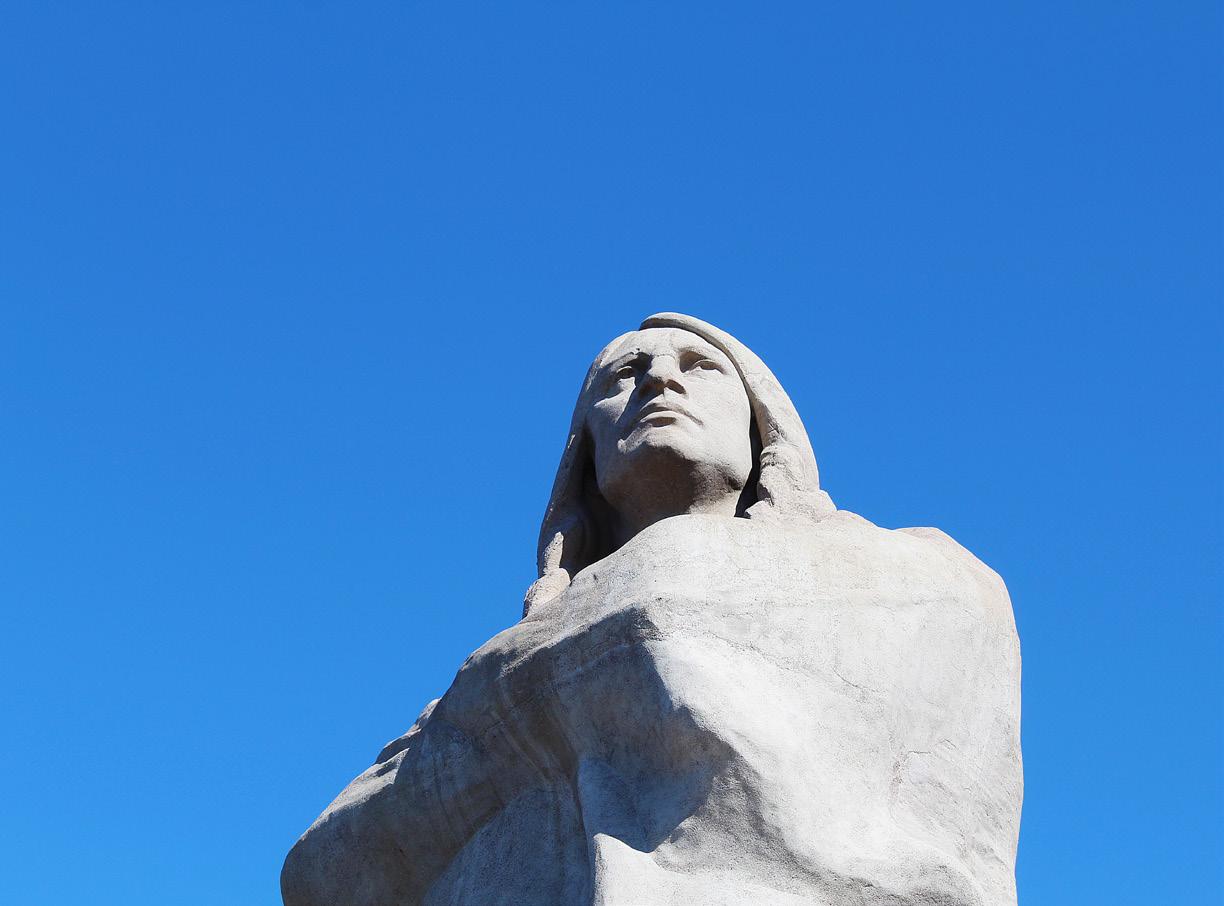
The Eagle's Nest Art Colony was around from 1898 to 1942, but only two buildings survive from those days. One of them is the Poley Building (above); the other is the Taft House (below), where colony founder Lorado Taft lived and created his works.
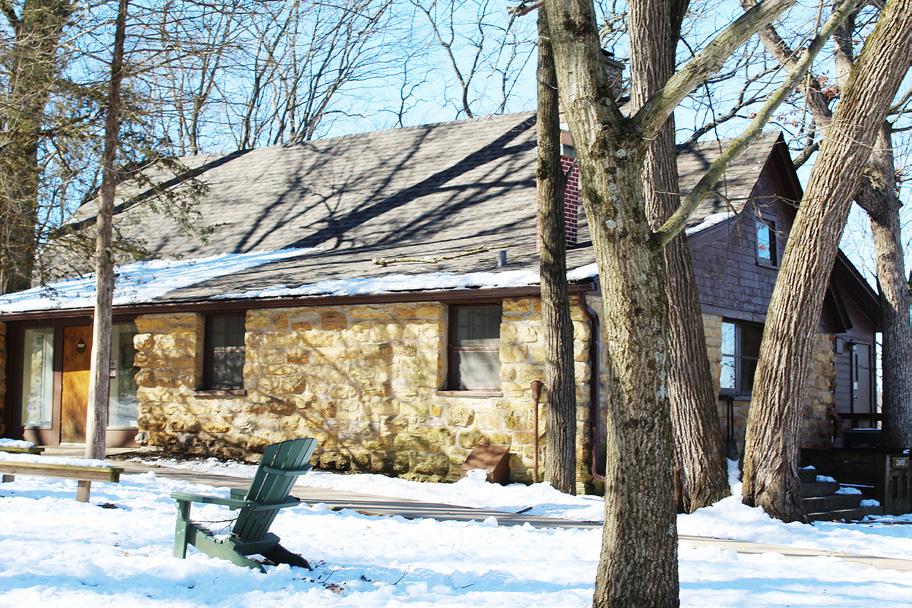
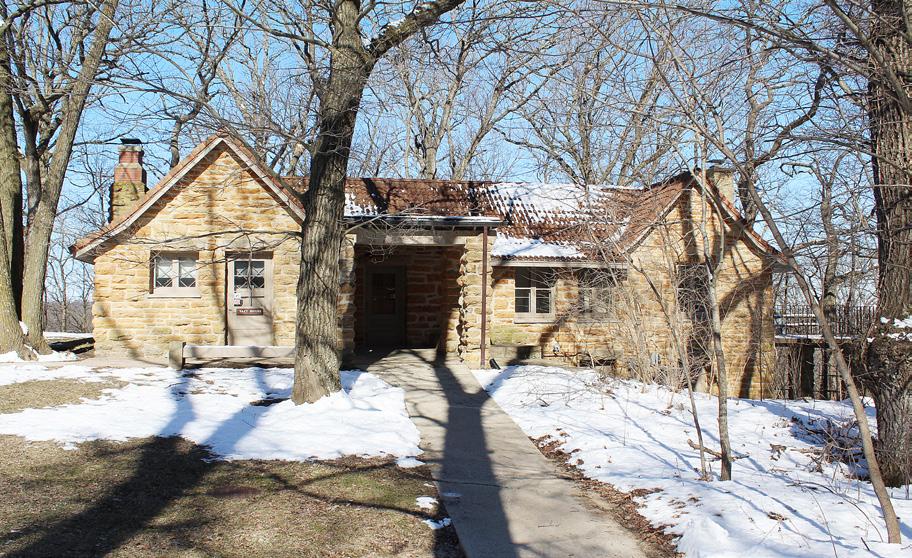
The Eagle’s Nest Art Colony takes its name from an ac tual eagle's nest which sat on a 500-year-old cedar tree near the location of the Black Hawk Statue. The tree toppled over in 1972, 74 years after the founding of the colony, and part of it has been saved as a centerpiece of a cul-de-sac on the Lorado Taft Campus grounds.
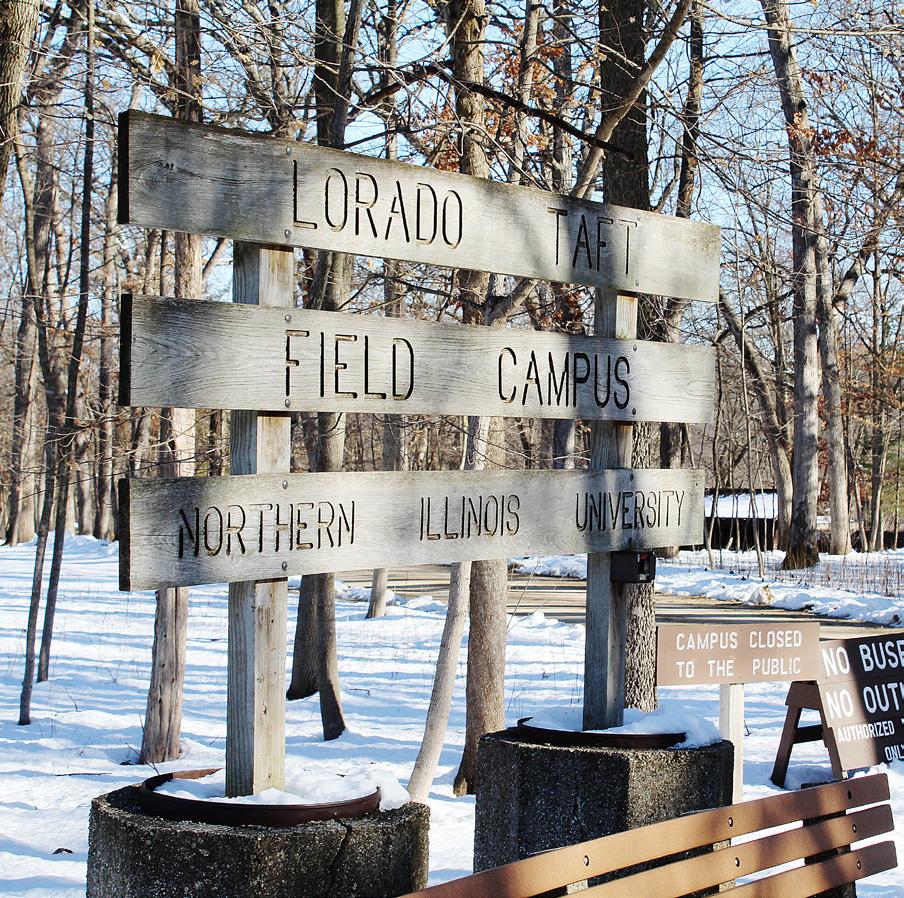
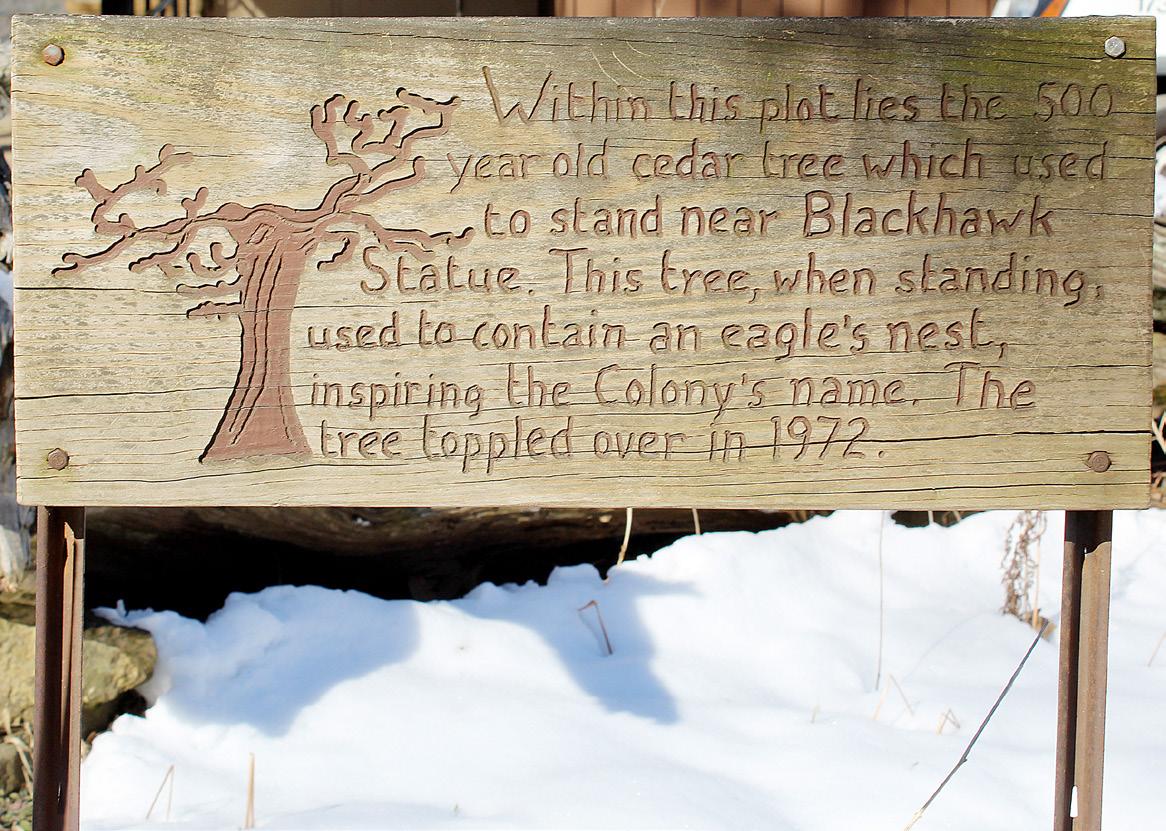
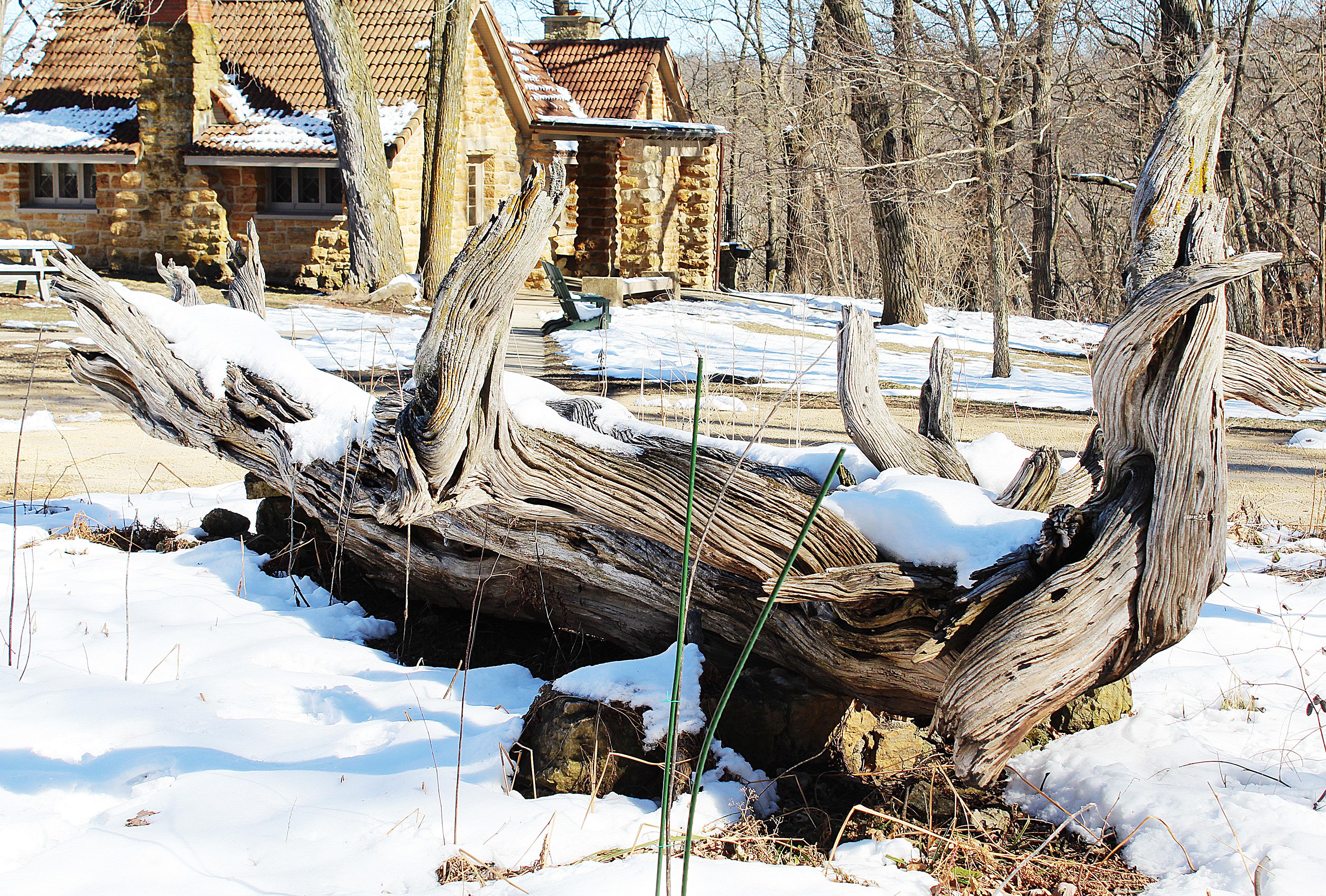
Chicago, as it so happened, hosted the Columbian Exposition, the first version of the World’s Fair, in 1893, and the event attracted a host of artists and writers, and some of them decided to remain in the Windy City to establish a greater art presence there. Several of Chicago’s finest artists sought to take a break from the big city’s hustle and bustle by gathering at a farm in Bass Lake, Indiana, in the mid-1890s. However, a malaria outbreak forced them to find another retreat, and Oregon became their new home in 1898.
Wallace Heckman, a Chicago attorney and art lover, owned a summertime estate, Ganymede Farm, on the east bank of the Rock River just north of Oregon. James Spencer Dickerson, who also at the time was editor of the Baptist magazine “The Standard,” also was an art lover and knew both Heckman and several of the colony’s future founding fathers. From there, a network of people connected and gathered at Ganymede Farm to scope out the place.
“The mansion was over in the [future] park, and they walked along this area over by the bluff,” Stilson said. “Mr. Taft said that you could feel the spirit of the Indians as they walked through the trees. It was misty and hazy, and they could feel it at that time of the year. They fell in love with it.”
Heckman leased the estate to the group of artists for $90 a year, to utilize the property until the last of its members died. Wood frame buildings were built, painted green to blend in with the surroundings, with the idea that they could be temporary if the site didn’t pan out. Heckman later allowed more permanent buildings for the colonists, and several of them were made of limestone rock.
COLONY cont’d to pages 38 & 39



“The Seven Muses” sculpture, also known as the “Funeral Procession,” was designed and executed by students of Lorado Taft in 1902, and can be found at the Lorado Taft Field Campus. Go to https://tinyurl. com/yc6cvppm to learn more about the piece.
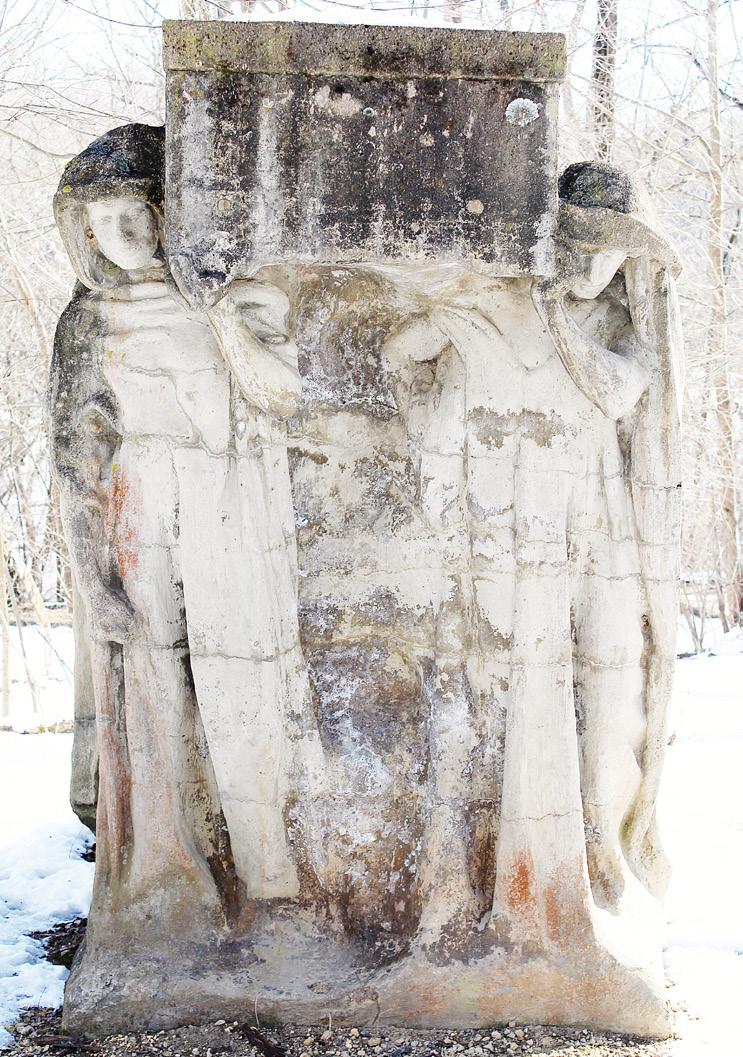
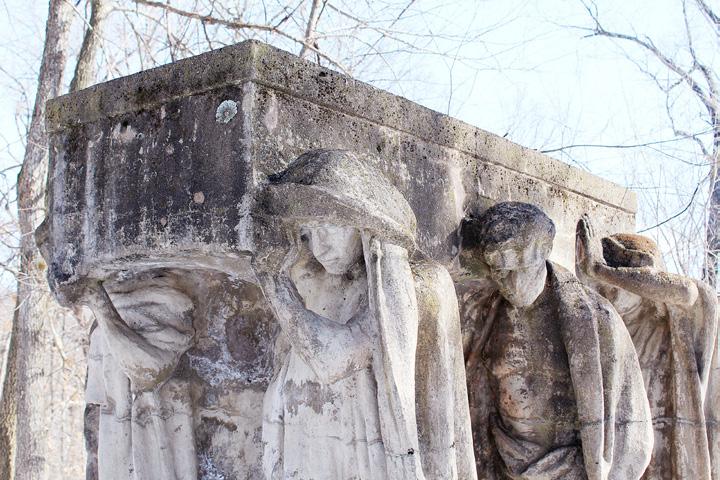
CODY CUTTER/CCUTTER @SHAWMEDIA.COM




The Oregon Public Library (above), at 300 Jefferson St., is home to the Eagle’s Nest Art Gallery, which showcases turn-of-thecentury works in various mediums on the second floor, most of which are pieces by Eagle’s Nest Art Colony members. According to the library’s website, Colony members used the gallery for art showings and lectures, and donated their pieces to the galley when the group ended. Today, the library has undertaken a project to restore the Colony members’ pieces. Go to oregonpubliclibrary. com/eagles-nest-art-gallery/ to learn more about the gallery and take a virtual tour. The gallery is open 9 a.m.-8 p.m. Monday through Thursday and 9 a.m.-4 p.m. Friday and Saturday. Among the piece on display, clockwise from lower left: “River Valley, Oregon, Illinois,” oil on canvas by Charles Francis Brown, 1915; portrait of Frank O. Lowden, oil on canvas by Ralph Elmer Clarkson, 1918; “Aspiration,” bronze sculpture by Lorado Taft, circa 1900; “Normandy Pines,” oil on canvas by William A. Harper, late 19th century.
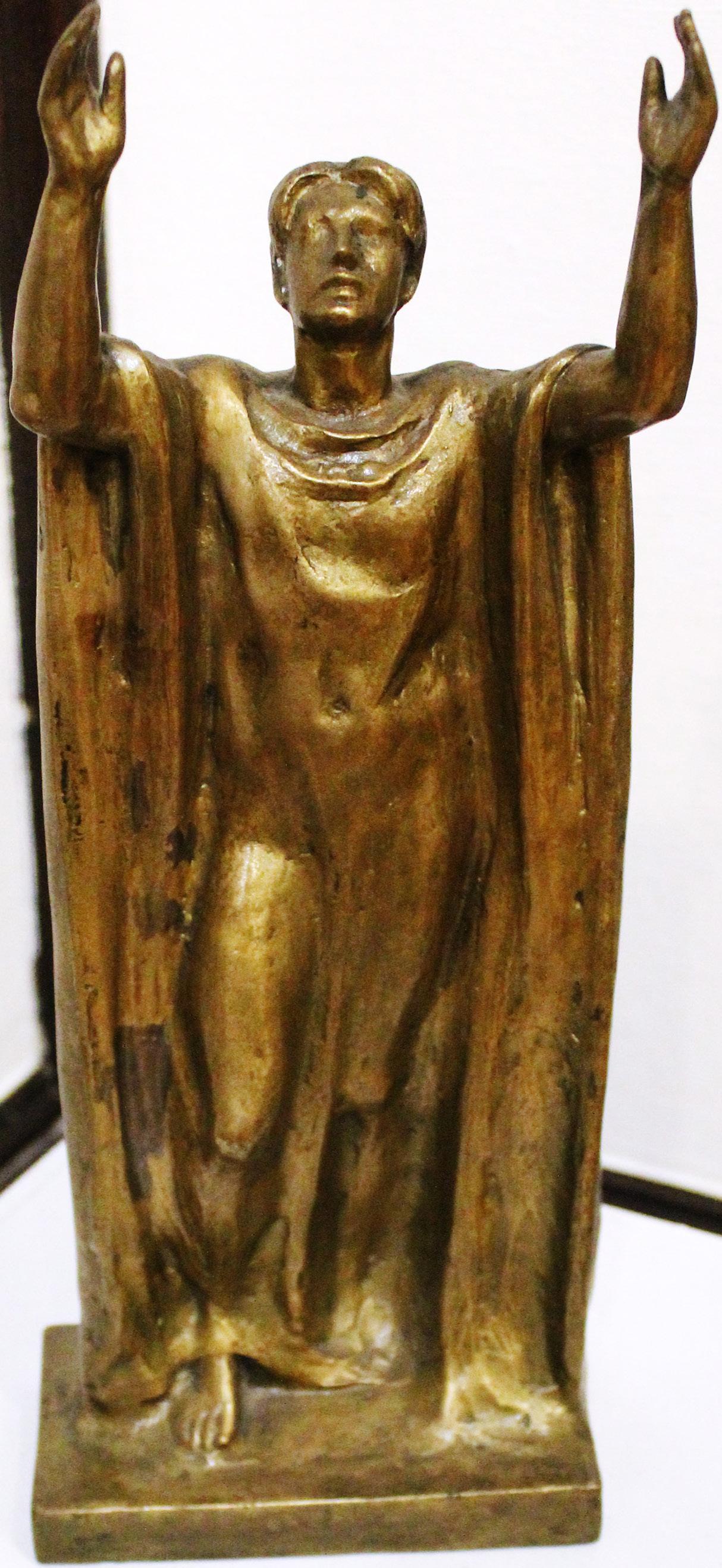
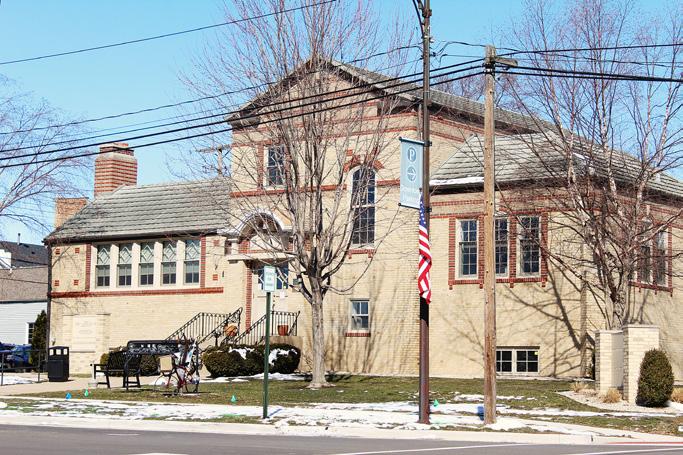
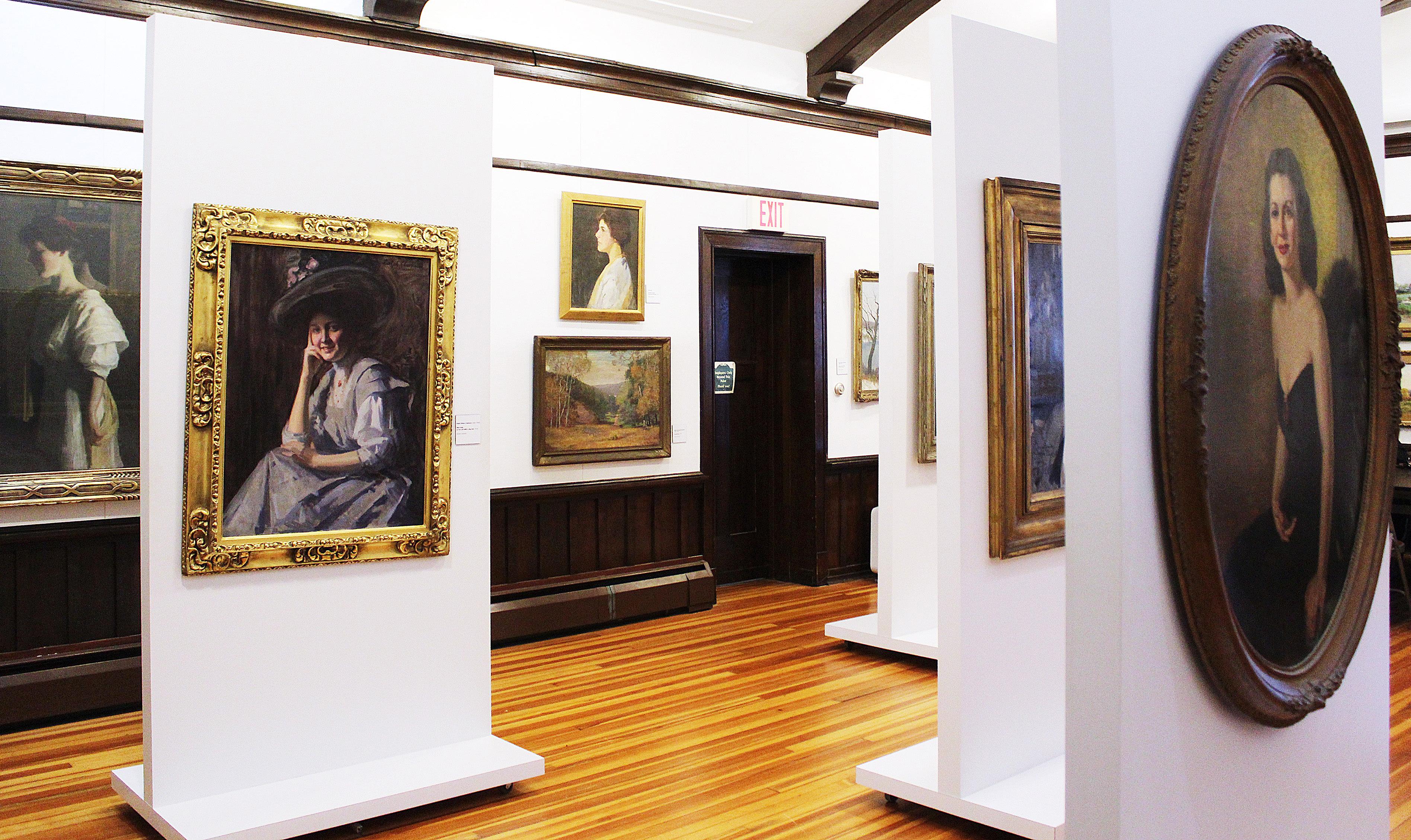
PHOTOS: CODY CUTTER/CCUTTER@SHAWMEDIA.COM
As for the colony’s name, it was inspired by the sight of a large eagle’s nest on an oak tree that stood near where the Black Hawk Statue presently sits.
The colonists, while well disciplined in their talents, weren’t perceived as enigmas within the local community. They didn’t just remain on their own little swath of land when they were there; they utilized Oregon’s businesses and professional services — grocery stores, doctors, churches — in an effort to get to know the local folks, and in turn, promote the arts of painting, sculpting or writing.
Melanie Costello, Taft Campus’s director, also has been fascinated with the early history of the property and those who roamed it.
“They became friends with a lot of people in town,” Costello said. “I think it would have been a lot different had they just stayed up here in kind of in their own little circle. When people [in town] don’t know, they make things up and fill in the blanks; but they didn’t do that. The artists went to town and they were involved.”
The colony was around for 45 years, up until the death of Ralph Elmer Clarkson in 1942, and it reverted back to the Heckman Estate. Clarence Dickinson actually was the final lease signer to die, in 1969, but his contributions were so nominal that his claim wasn’t taken seriously, Stilson said.
“There was a grant funded through the State of Illinois to create the park as a memorial to Governor Lowden, and the town had to come up with matching funds for the grant, which they did during World War II,” Costello said. “They felt that it was important for the community to have access to the Black Hawk Statue.”
Some of the colonists’ works have been collected for a display on the second floor of the Oregon Public Library. The building itself was a product of colonists, too: the Pond Brothers drew up its design in 1922.
Go to niu.edu/taft/about/ eagles-nest.shtml to learn more about the Eagle's Nest Art Colony on the Lorado Taft Campus of Northern Illinois University in Oregon. Jan Stilson's book, "Art and Beauty in the Heartland: The Story of the Eagle's Nest Camp at Oregon, Illinois, 1898-1942," is available for purchase on Amazon.
The passion the colonists had for the arts lives on today in Oregon’s community of like-minded artisans and art lovers, who have sought to preserve local works and carry on the legacy of the colony. A multiyear restoration of The Black Hawk Statue was recently completed after time and the elements took their toll. In addition to the library gallery, The Coliseum Museum of Art, Antiques and Americana will open in the downtown Coliseum building — itself turning 100 years old — later in the year to further promote the local arts.
Lowden State Park was established in 1945, 2 years after the state purchased the land from the Heckman Estate. Northern Illinois University in DeKalb sought to establish a satellite campus in northern Illinois, and in 1951, a portion of the state park was transferred to the university. What old buildings could be saved were saved, and the ones that couldn’t were replaced with new ones with a rustic look. Taft’s home, made of limestone, was preserved, as well as another limestone building overlooking the Rock River, Poley Hall; and Brown House also was saved, now a dormitory.
Though the colony itself is no more, its name and spirit live on in The Eagle’s Nest Art Group. Founded in 1957, the local group is committed to supporting and celebrating local artists through art demonstrations, workshops and classes. Its studio and gallery is on the second floor of Conover Square in Oregon, and members’ works can be also be found at the city’s Autumn on Parade Festival in October. It’s a mission their artistic peers from years ago would applaud.
Artistic missionaries to some, visionaries to others, those early nest builders created something special. Ensconced in a forest overlooking the Rock River, they took a blank canvas and created an idyllic community of people whose passion for the arts lives on today. They not only left their mark on the local landscape, but, as Stillson said, “They all have left their mark on the artistic world.” n

